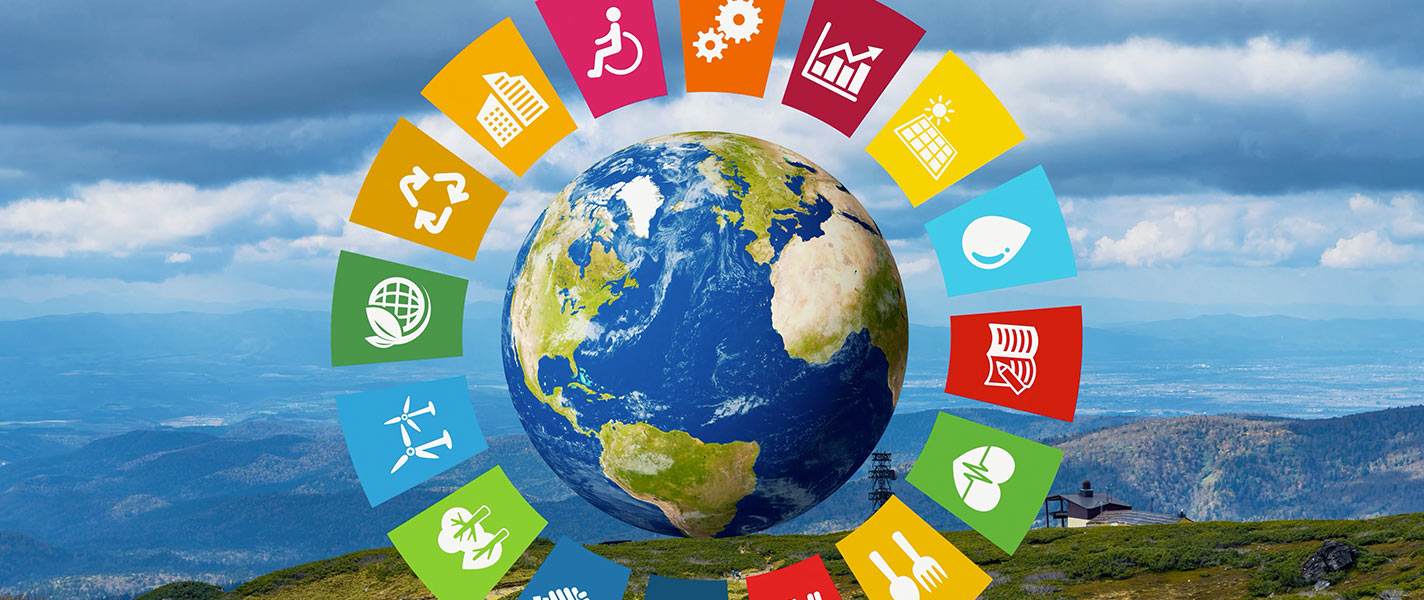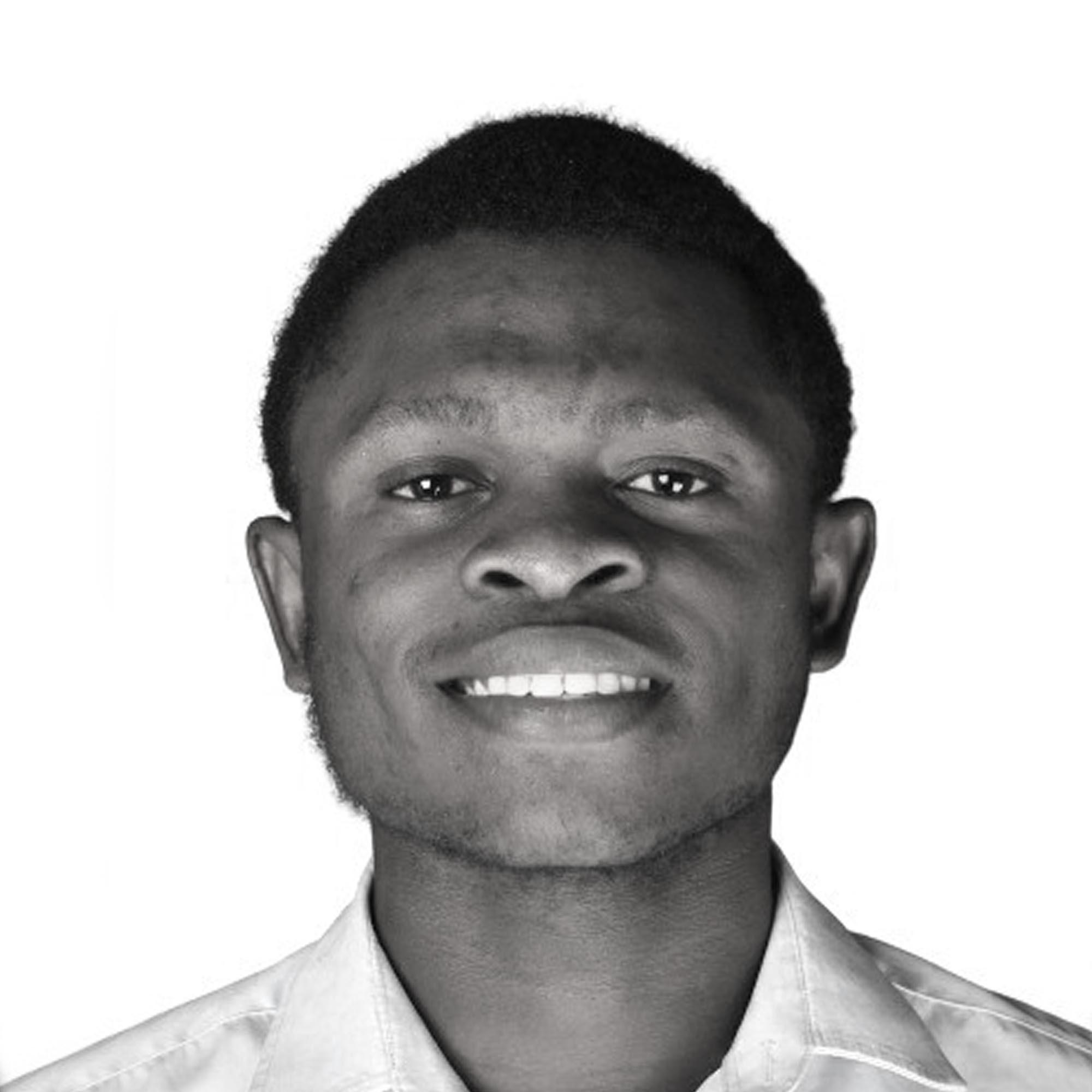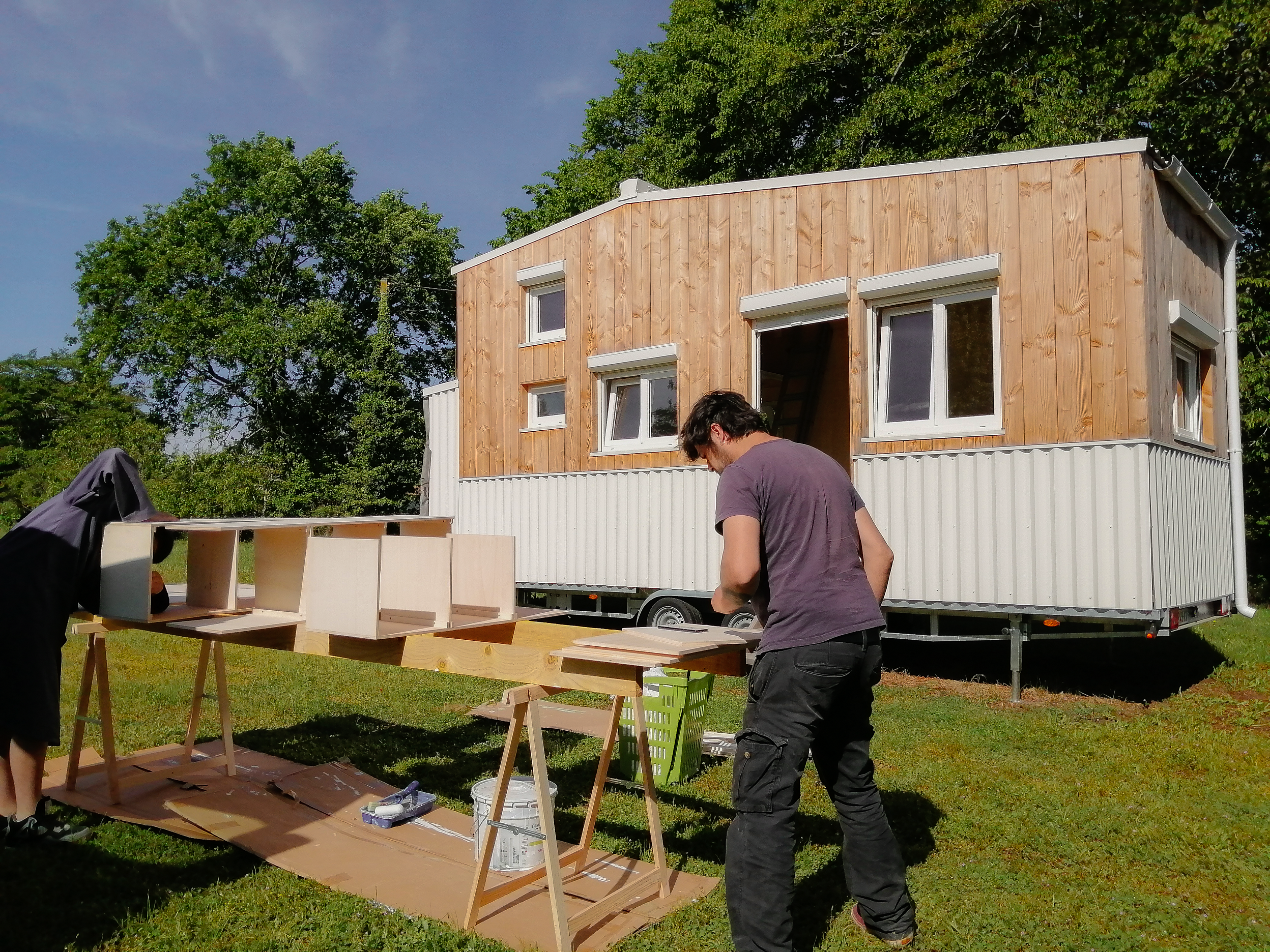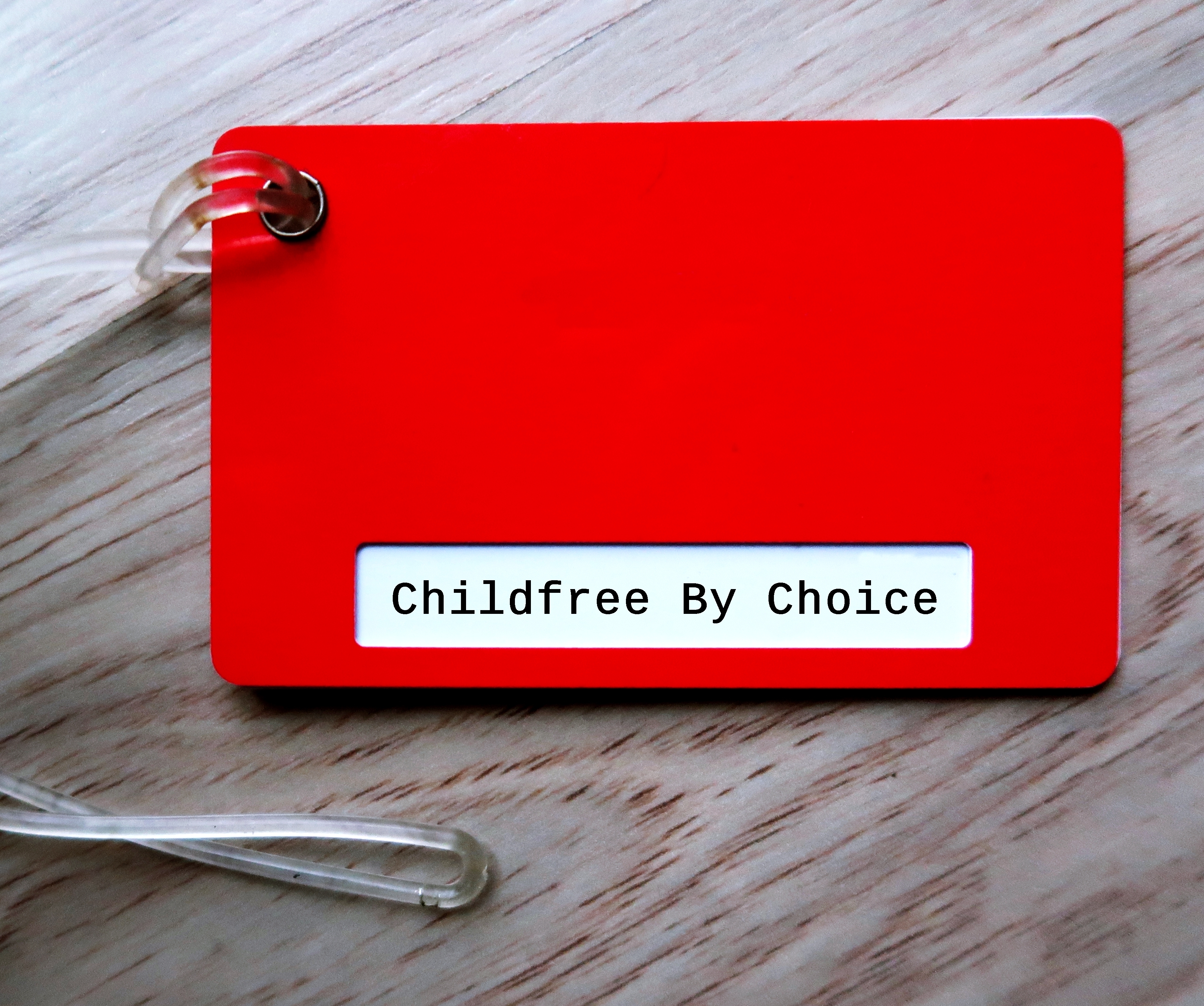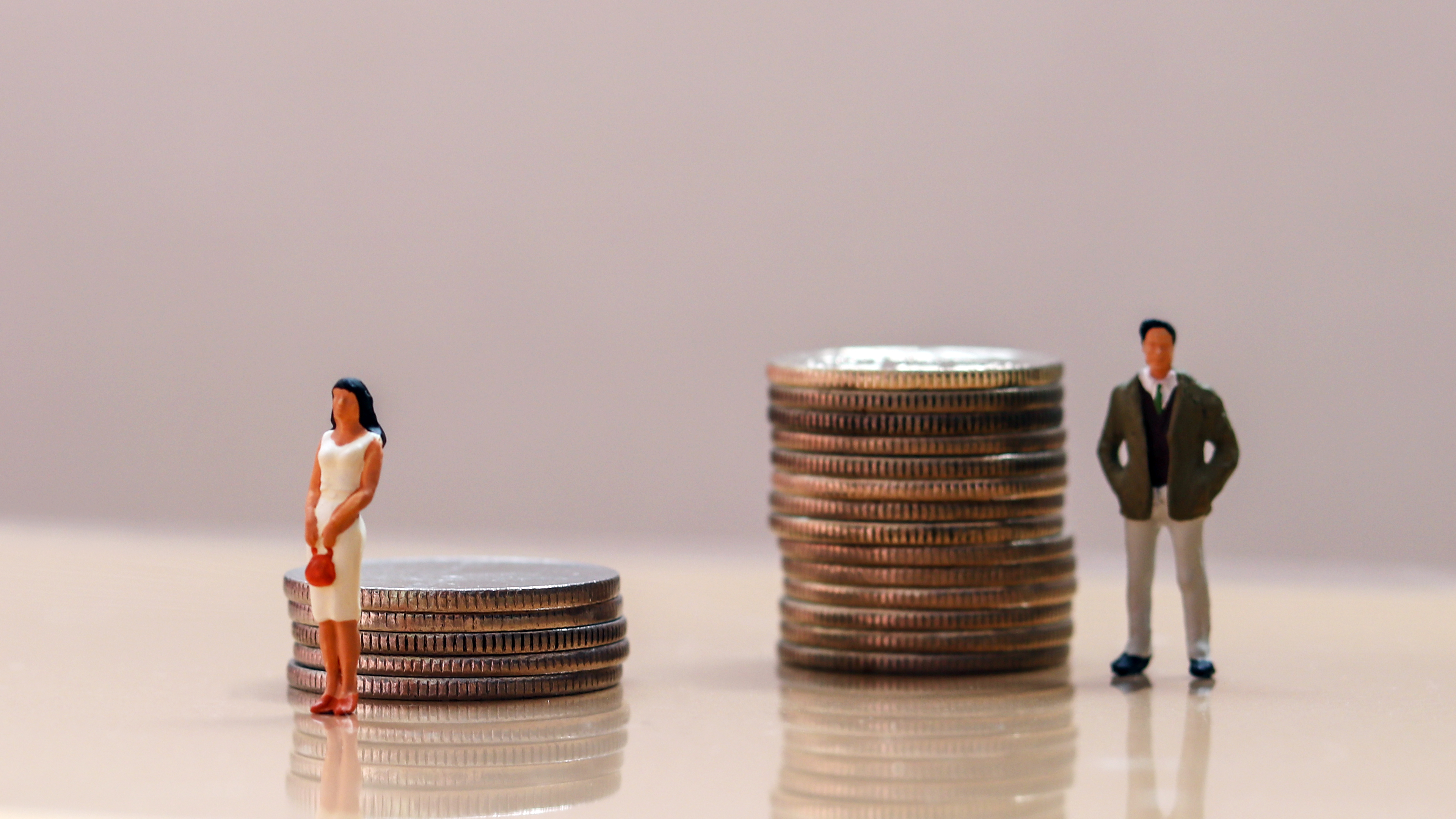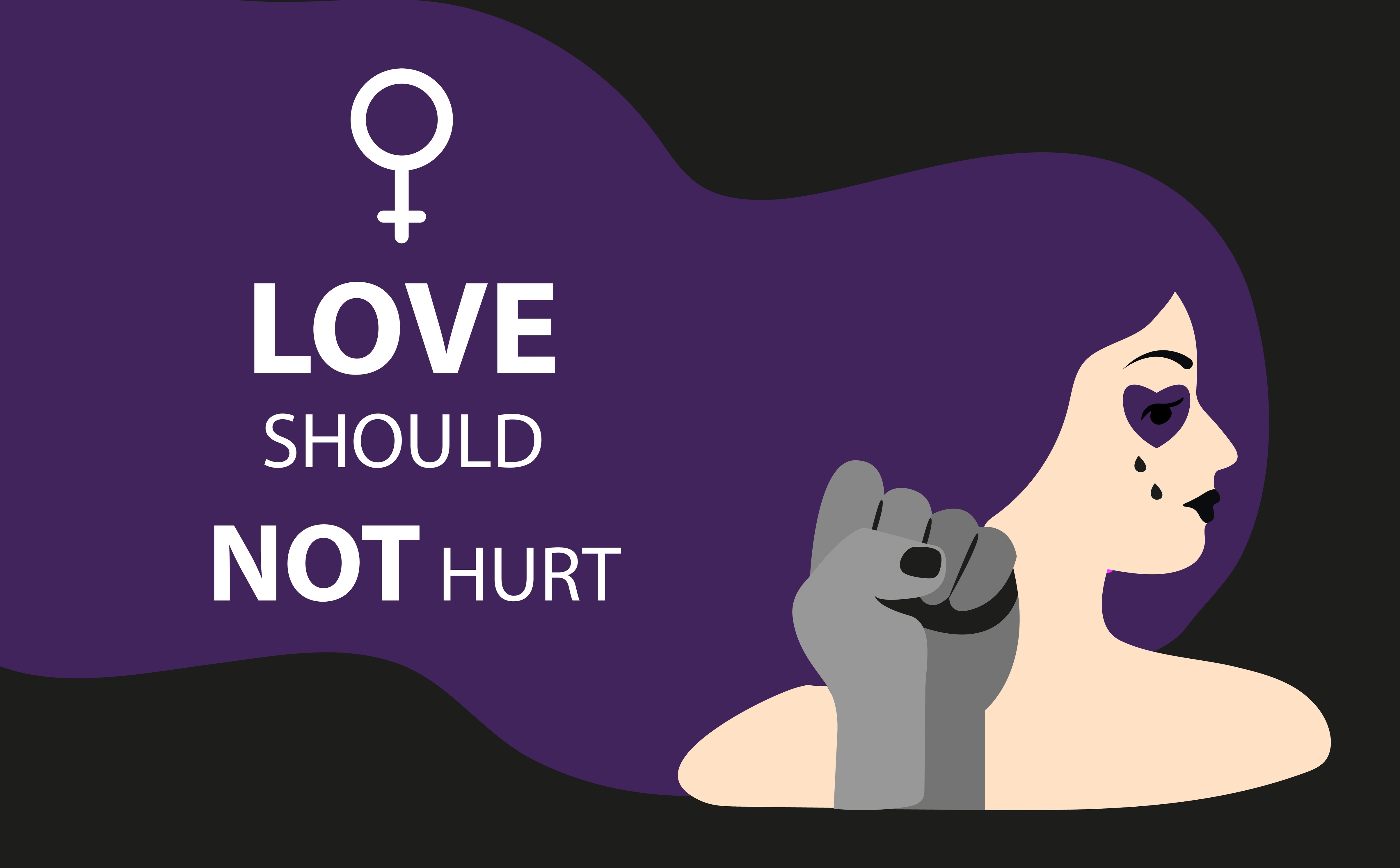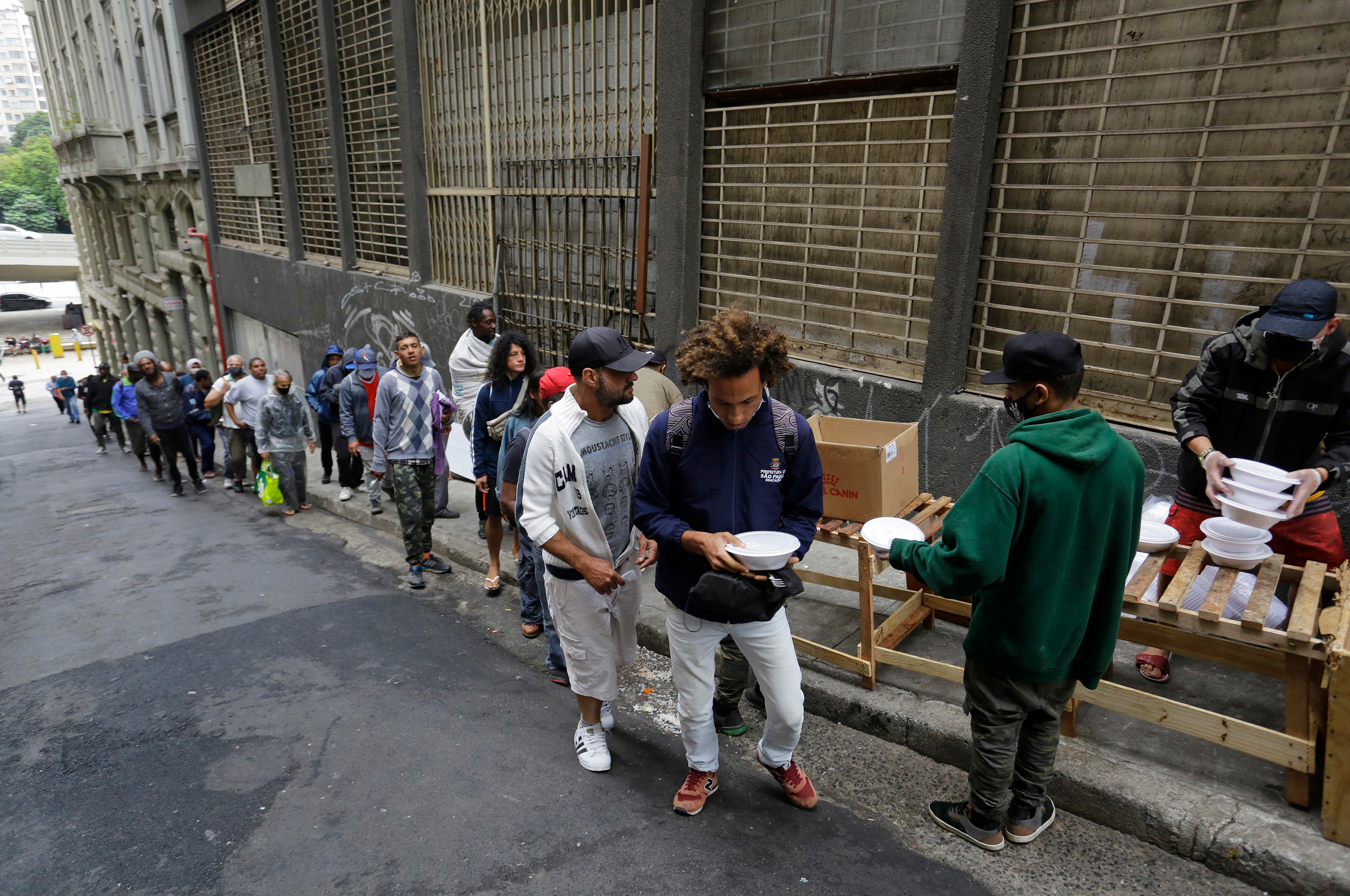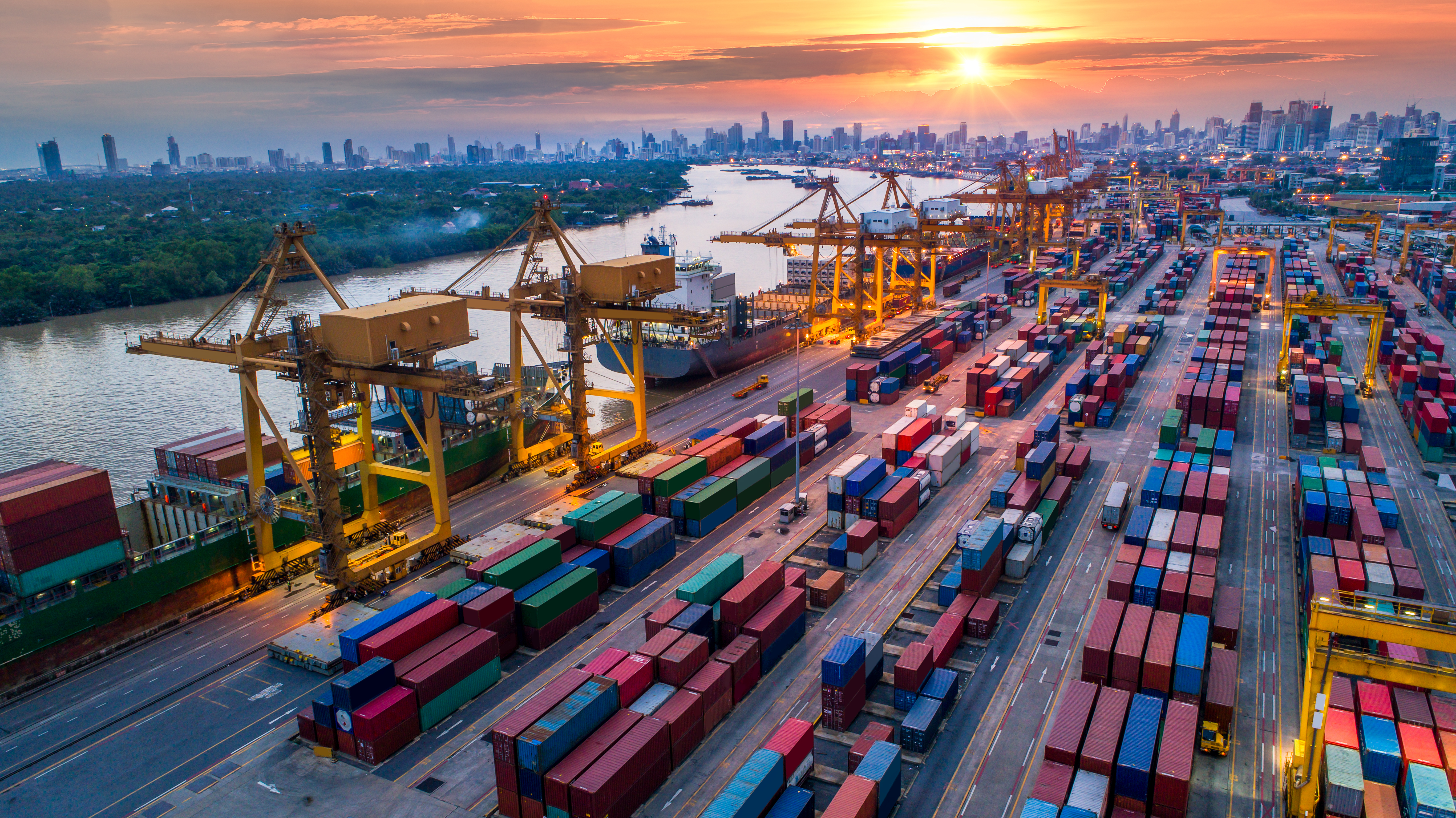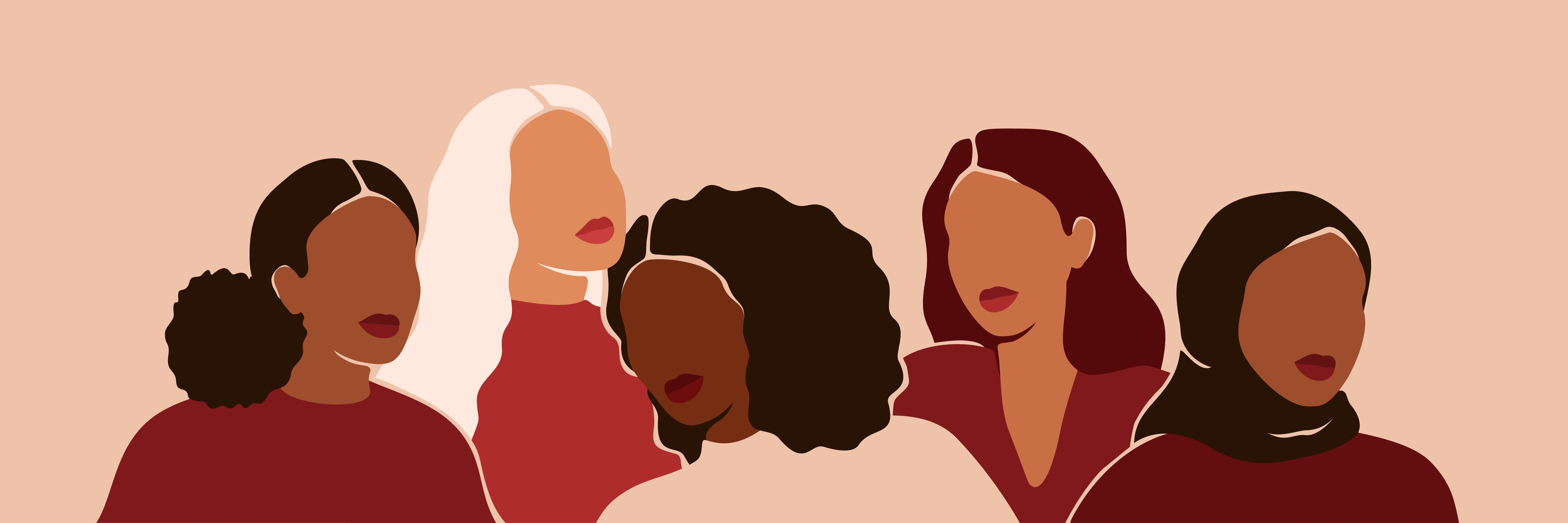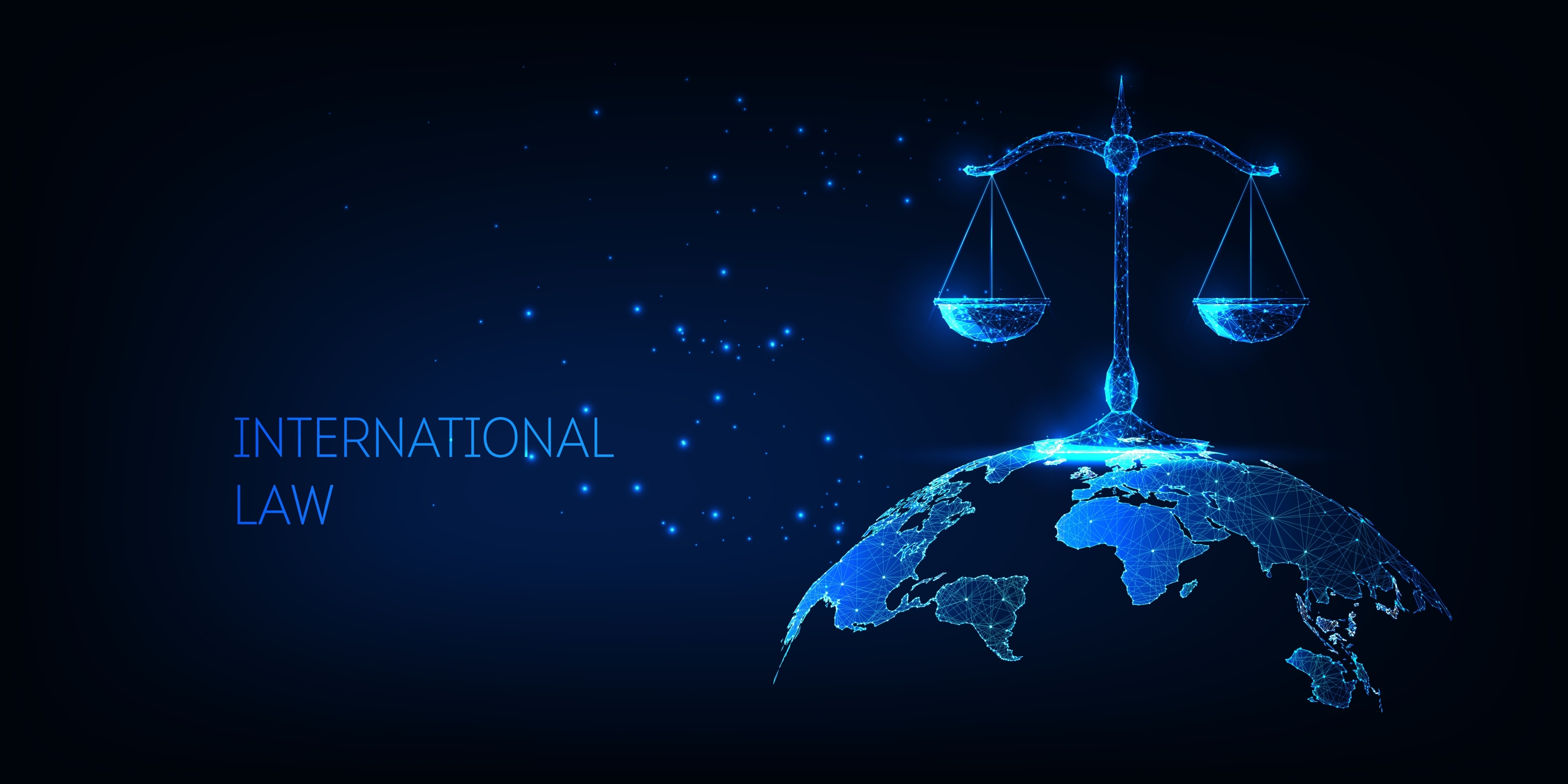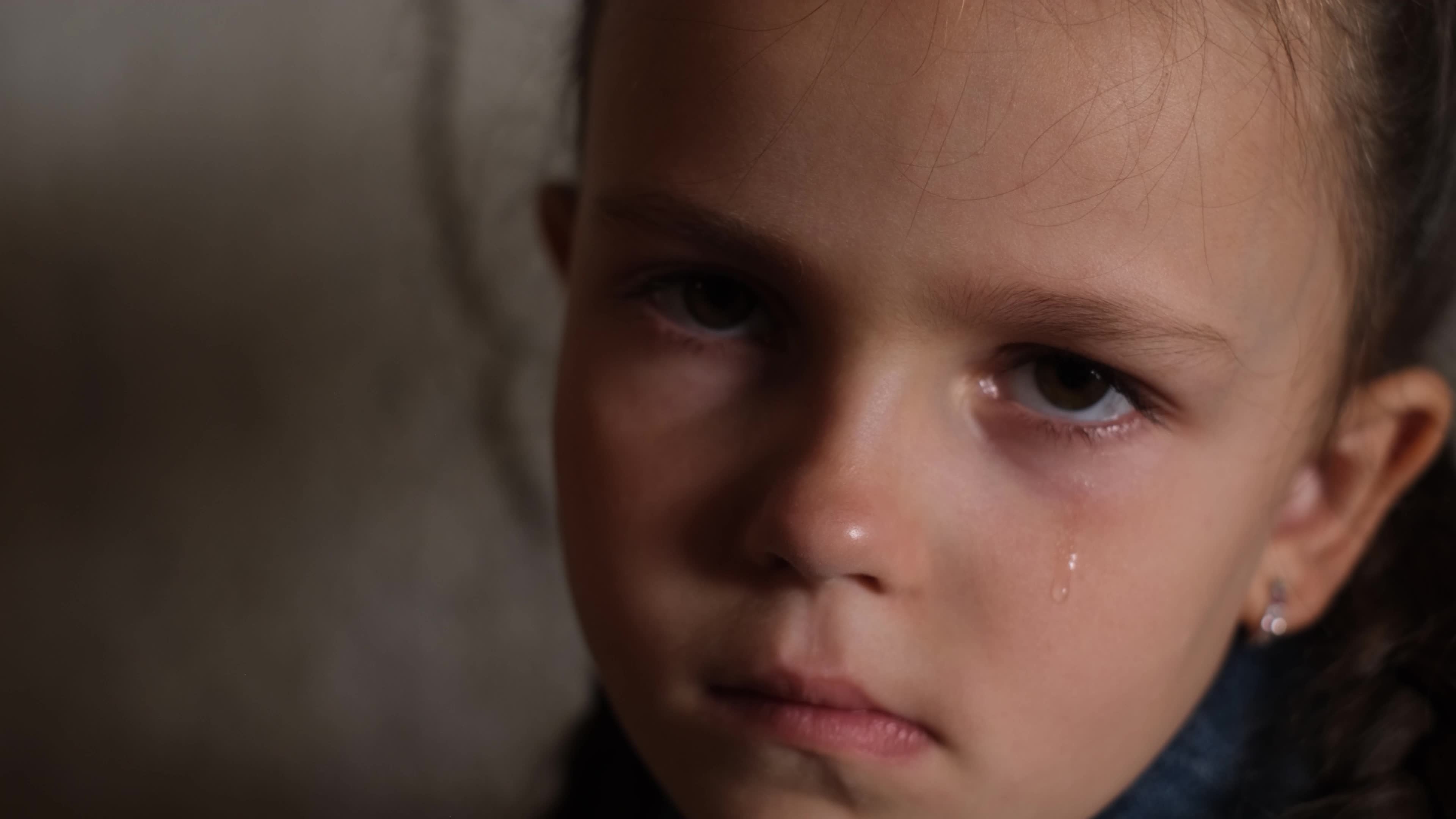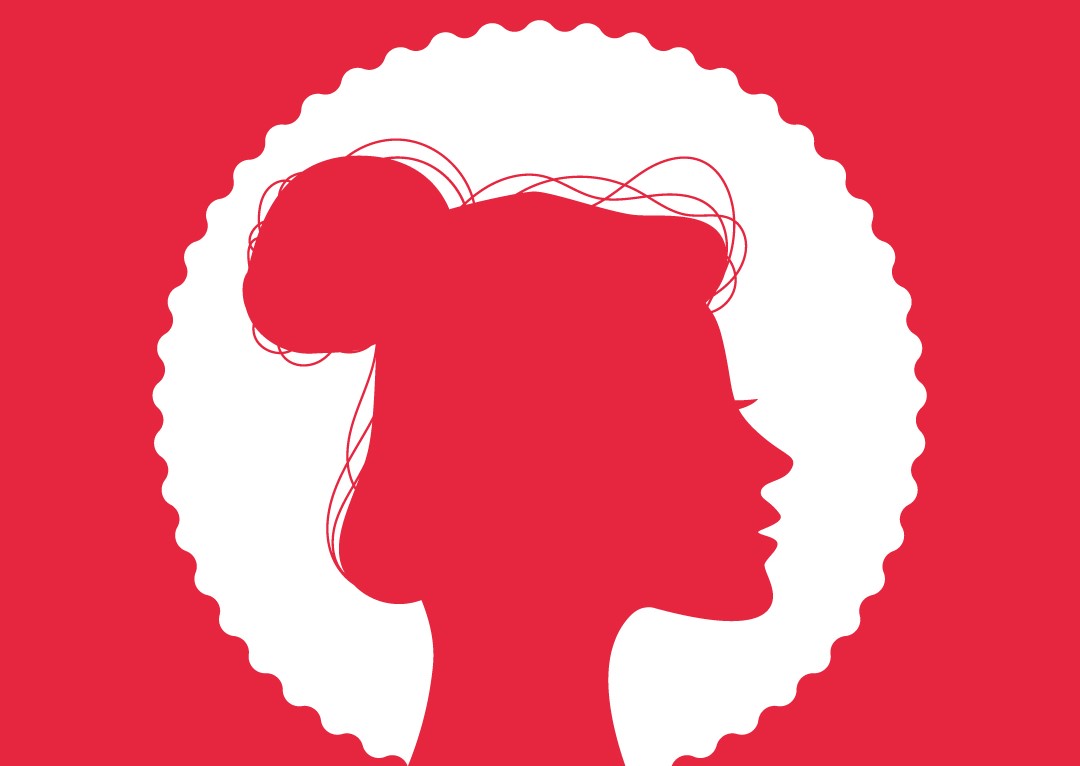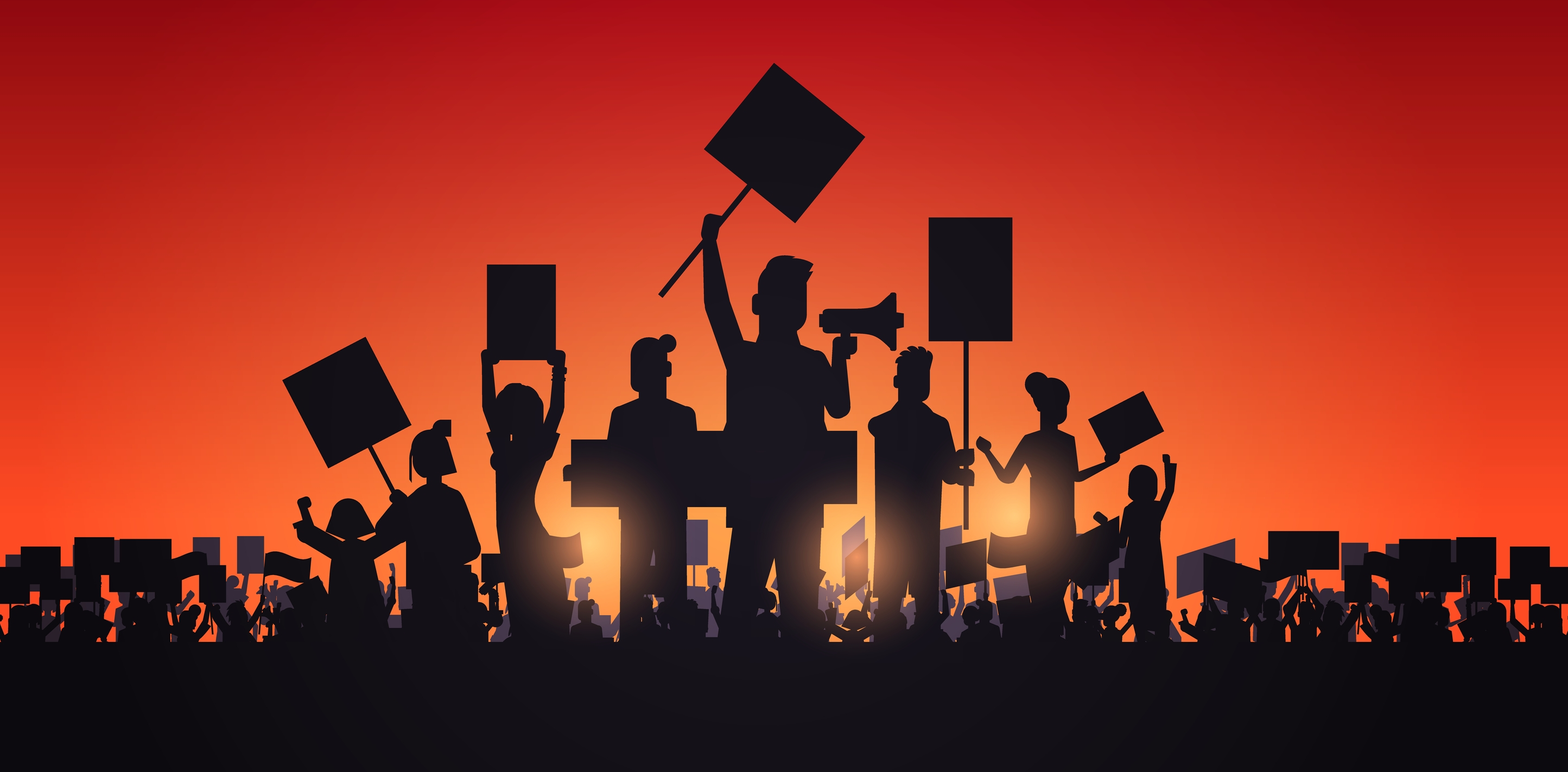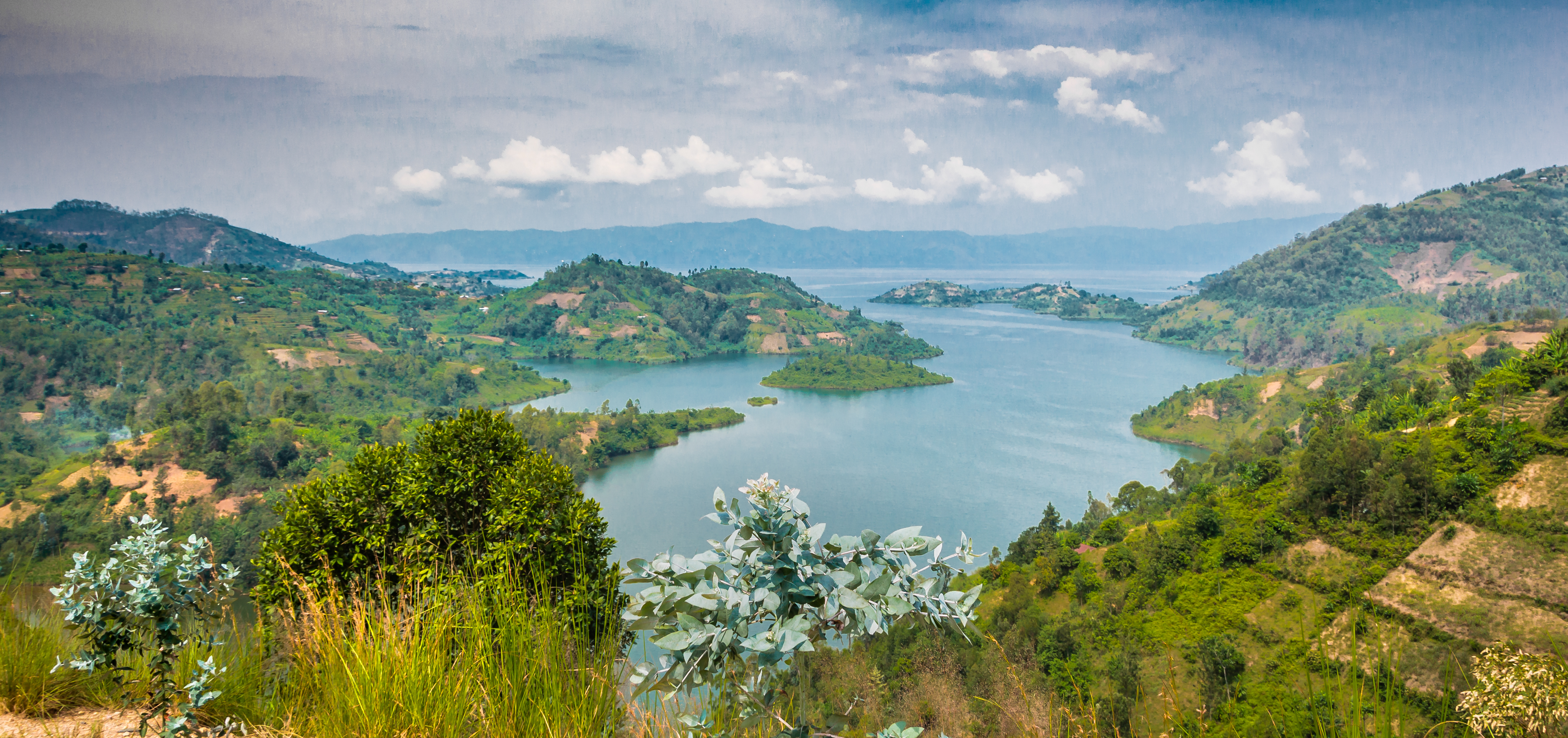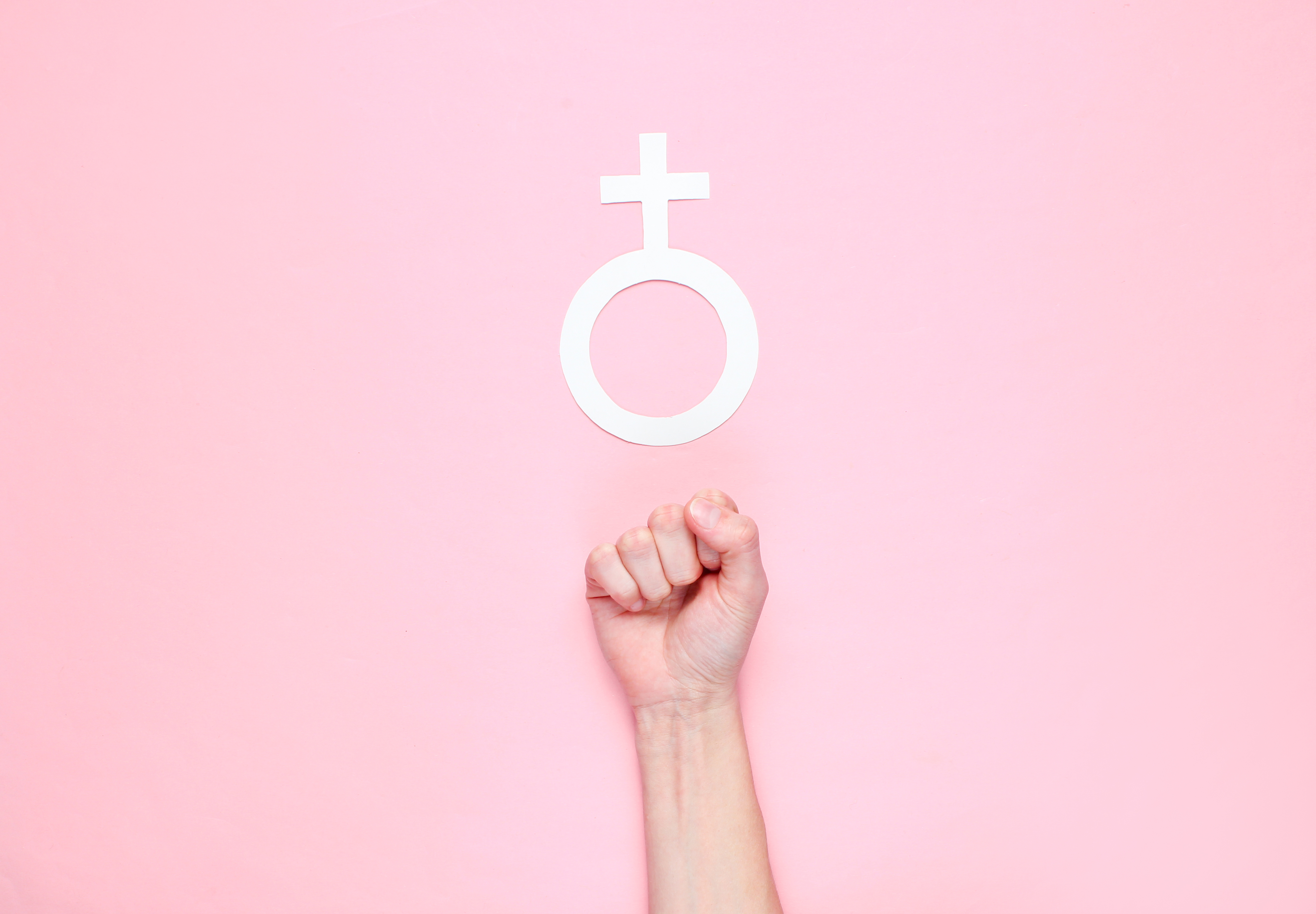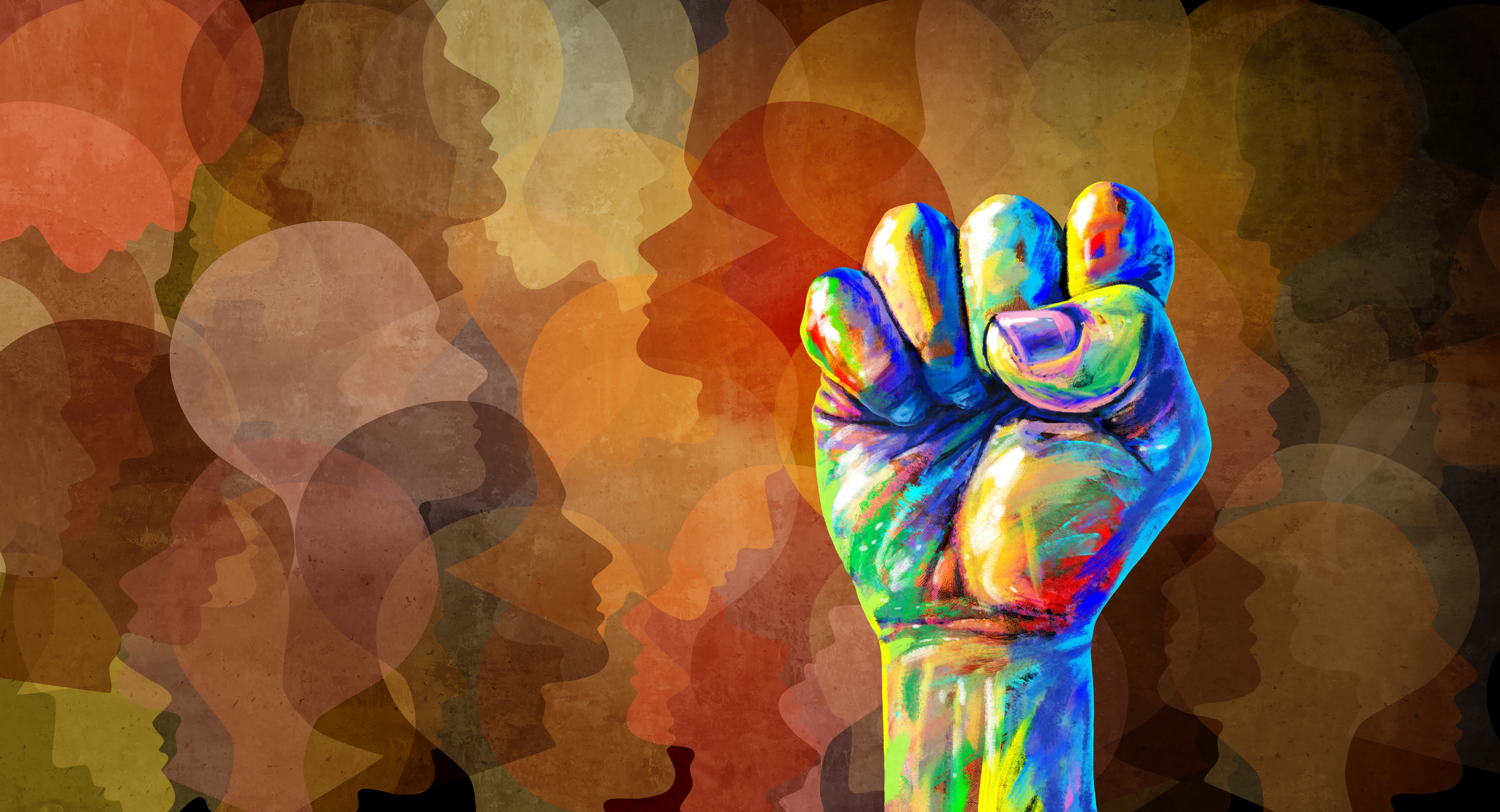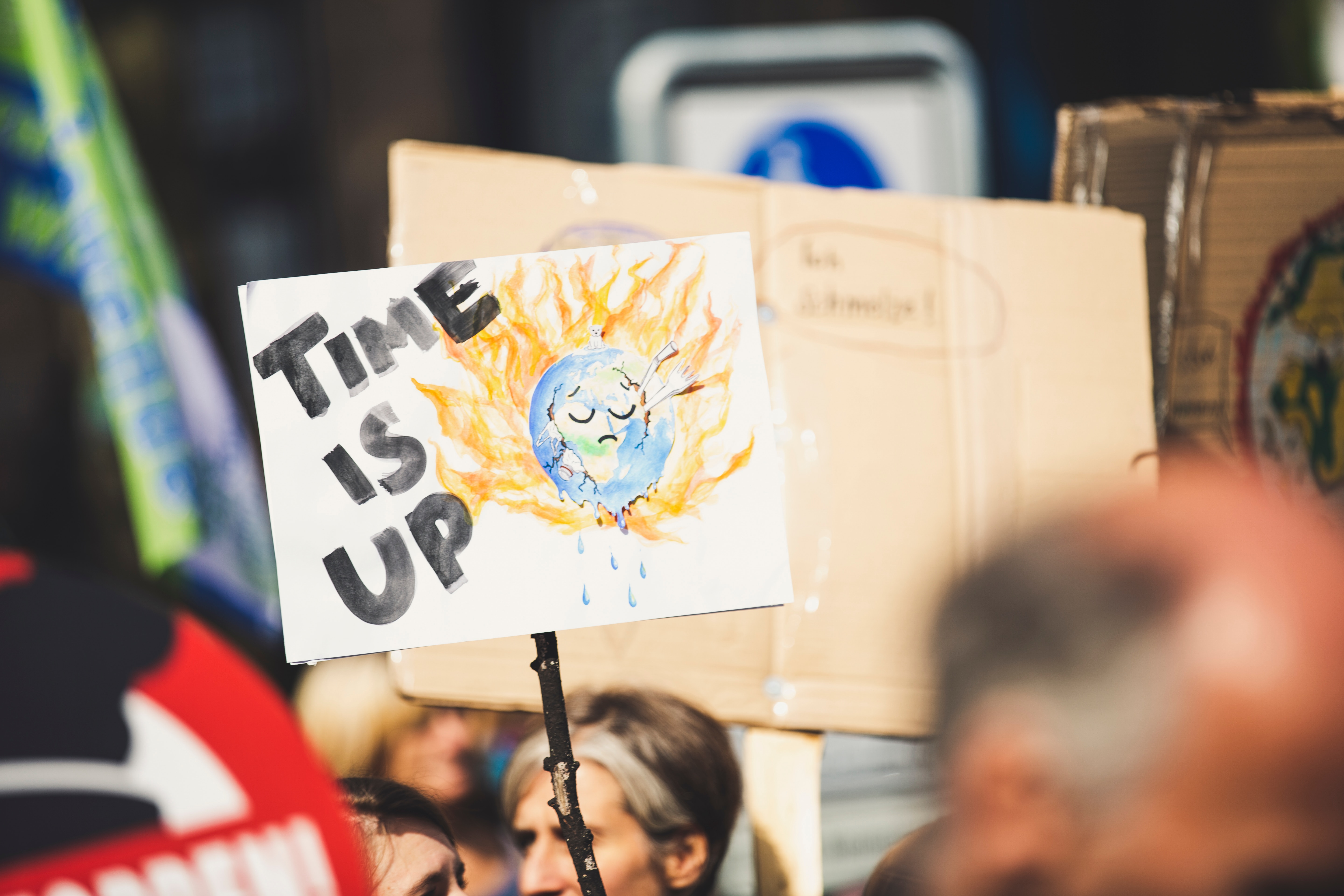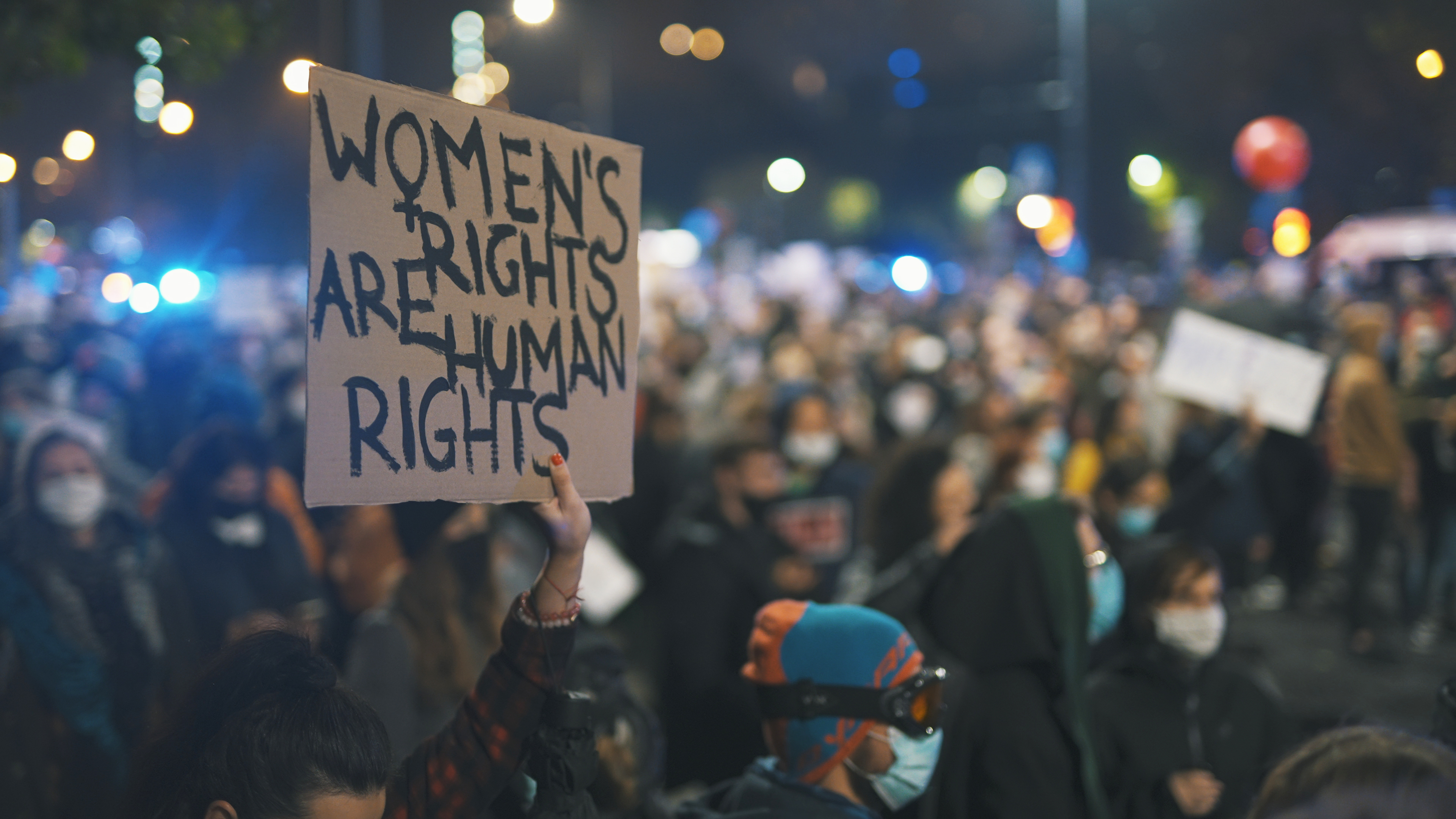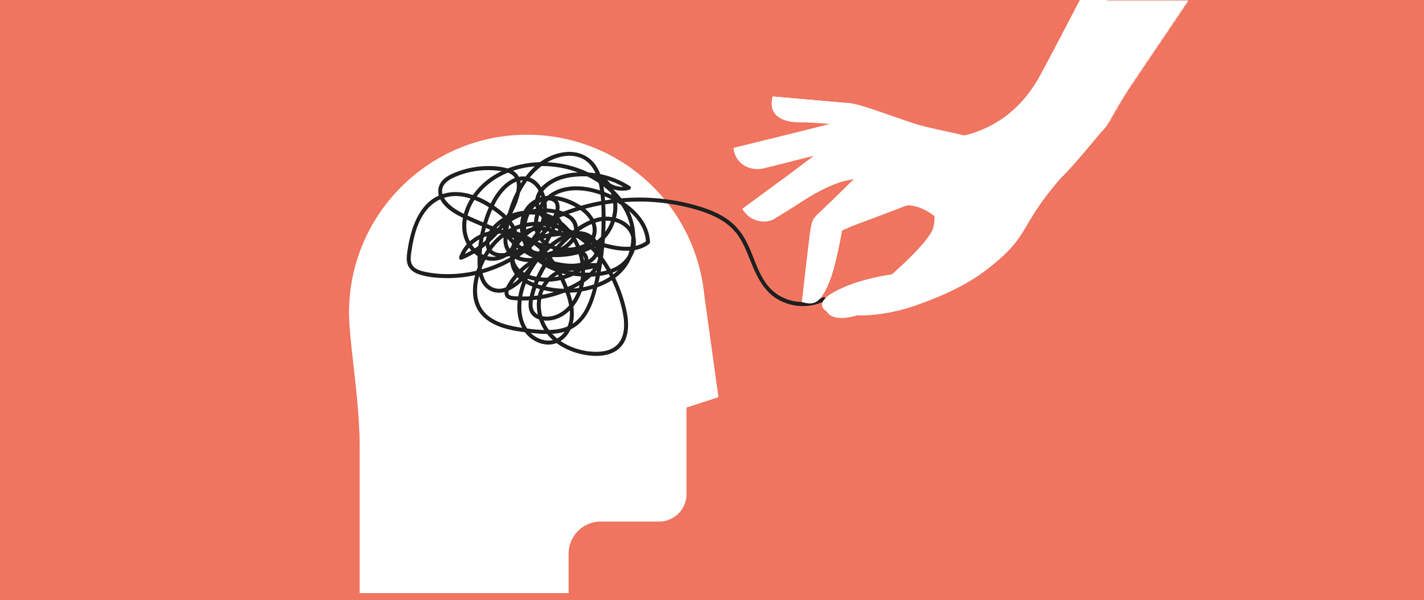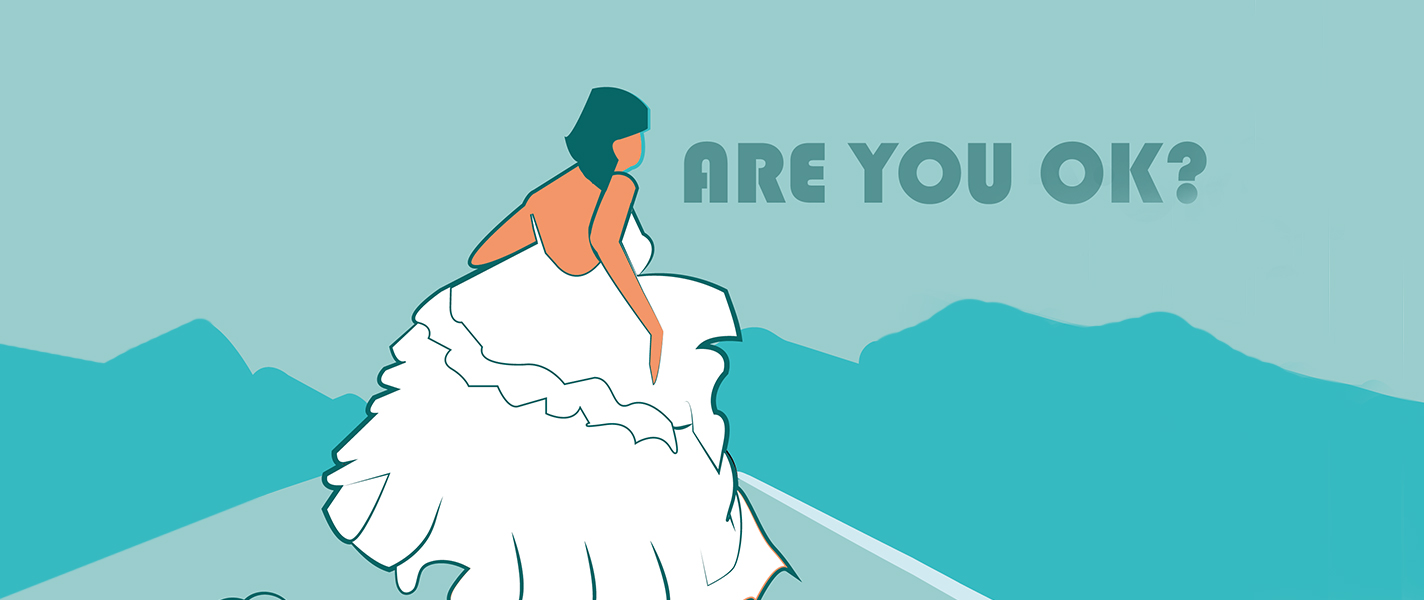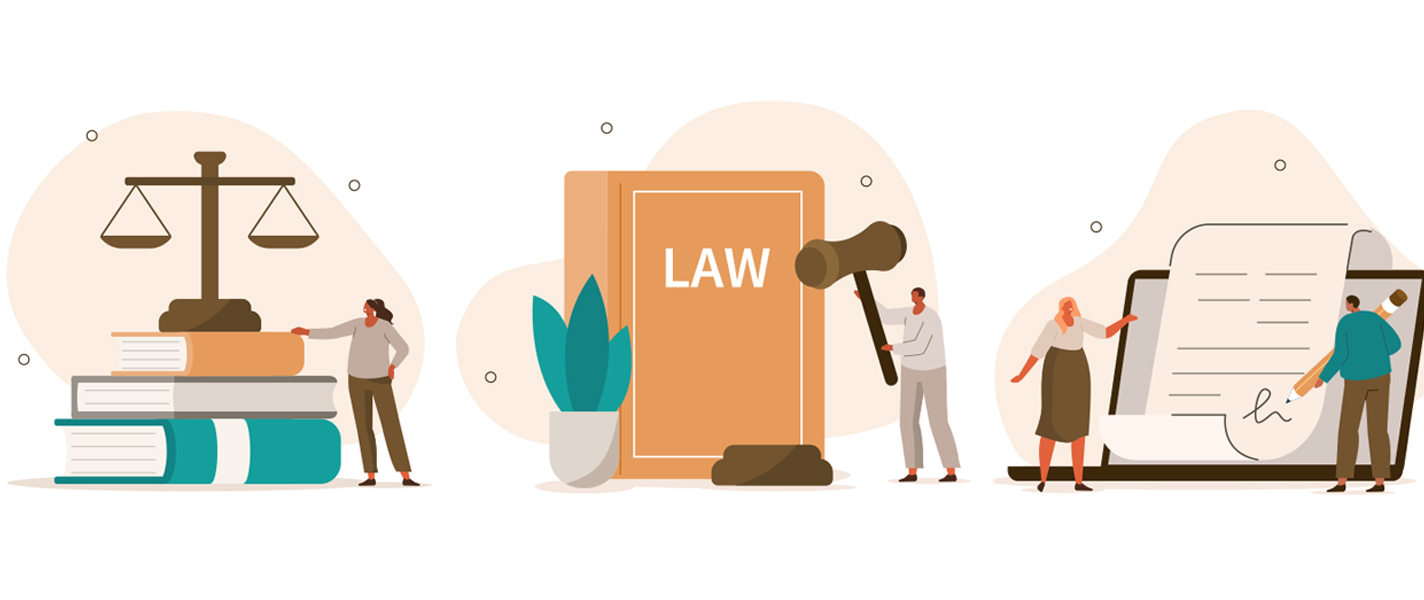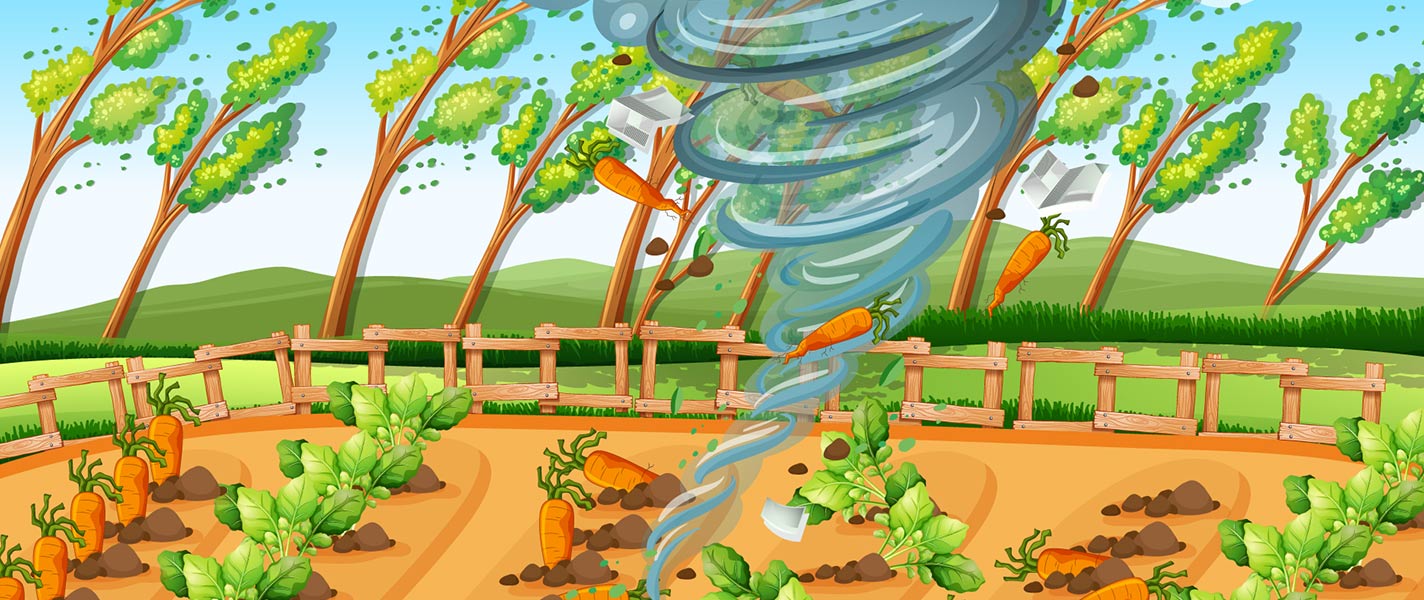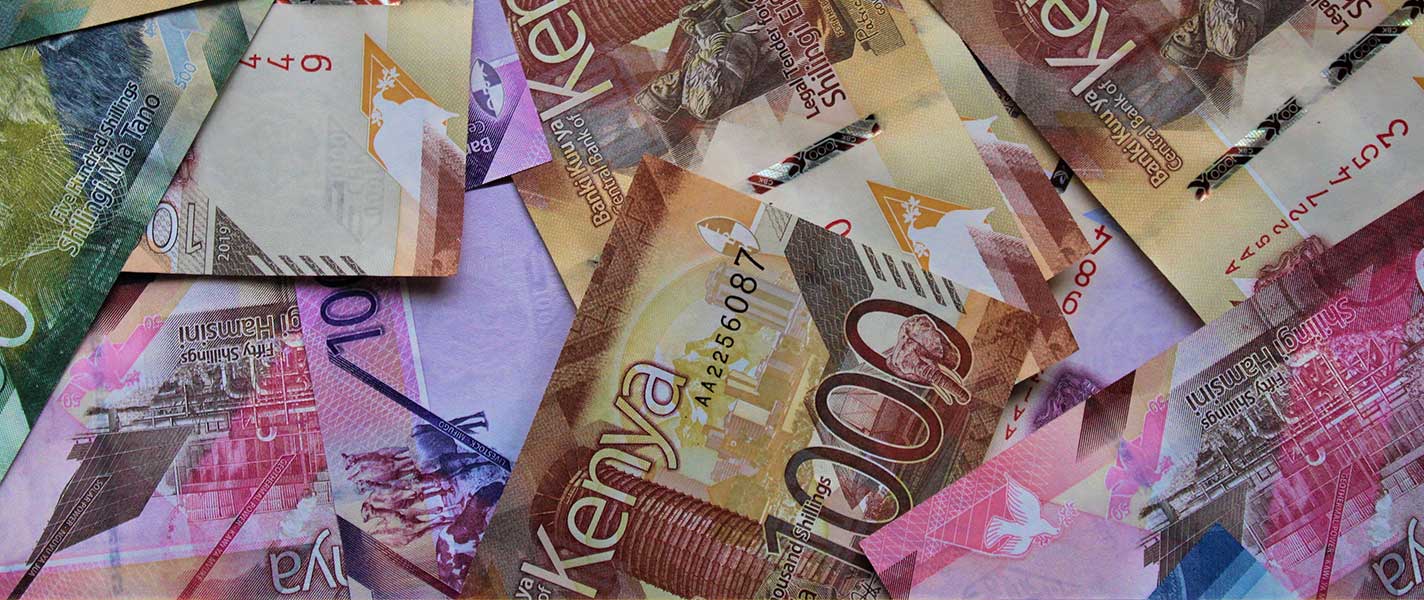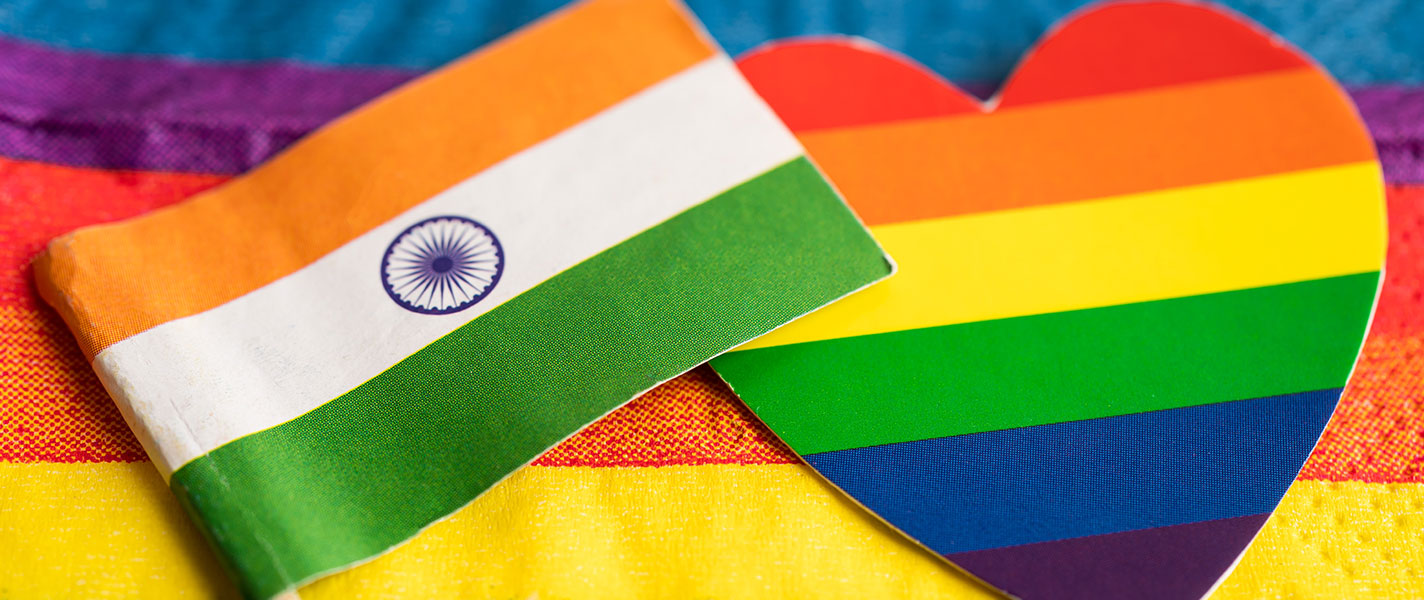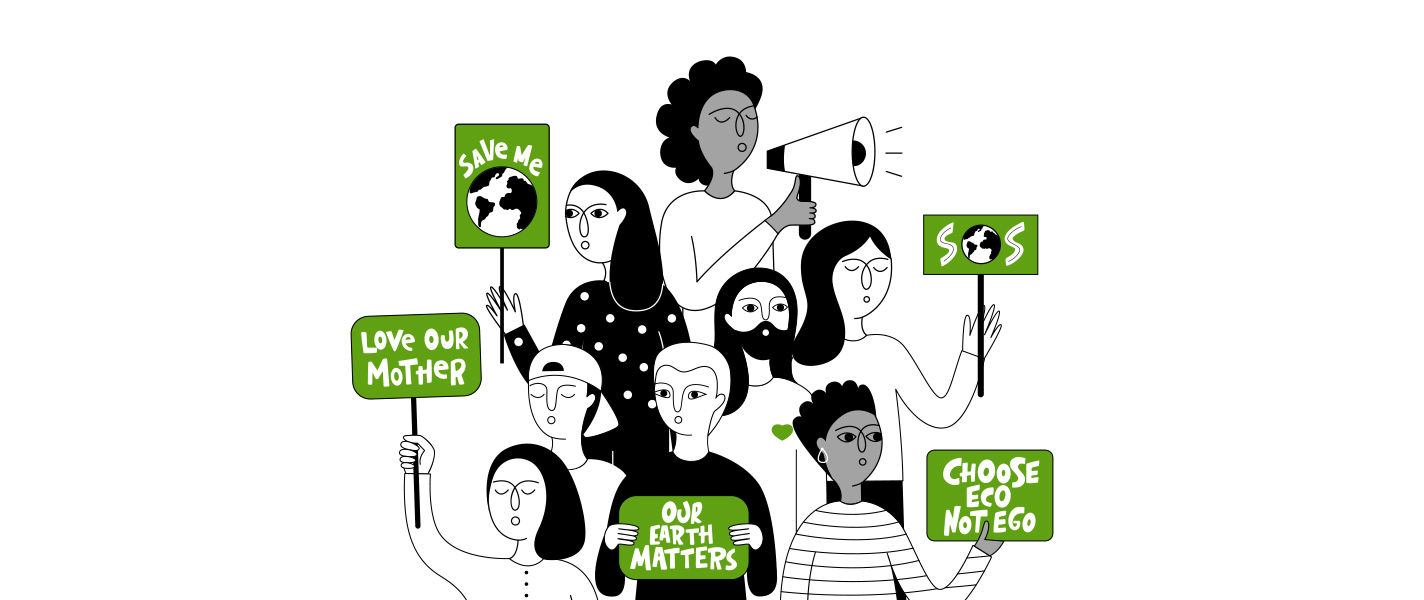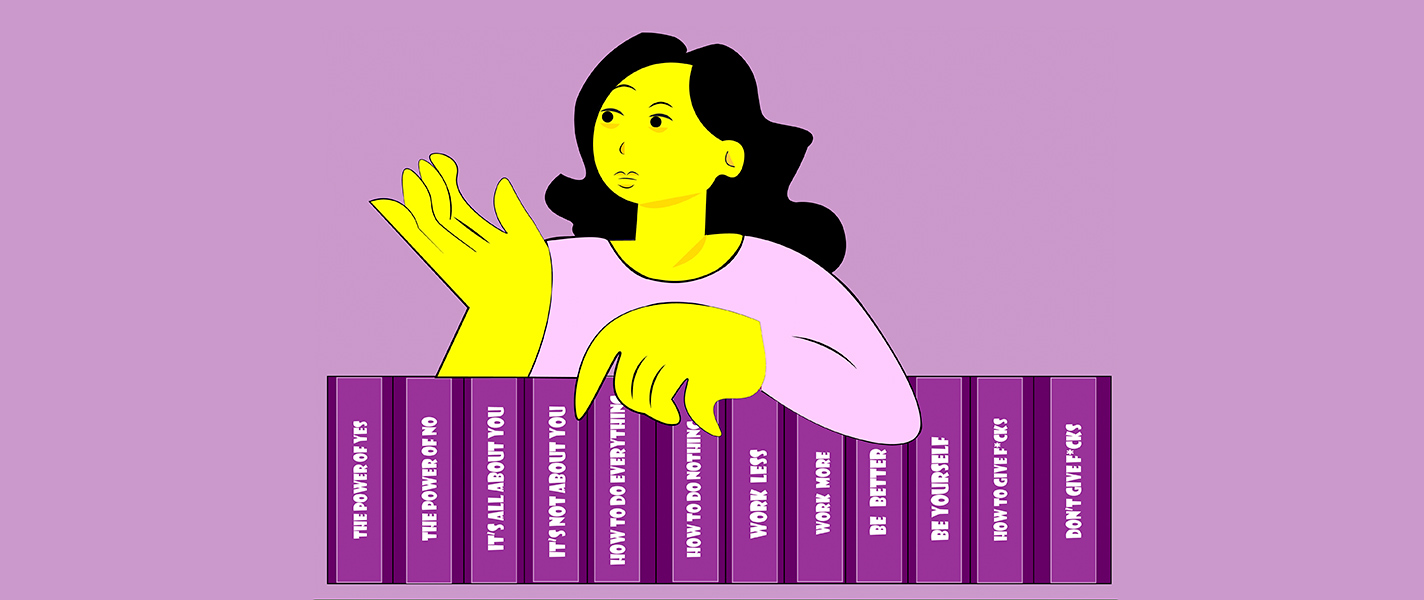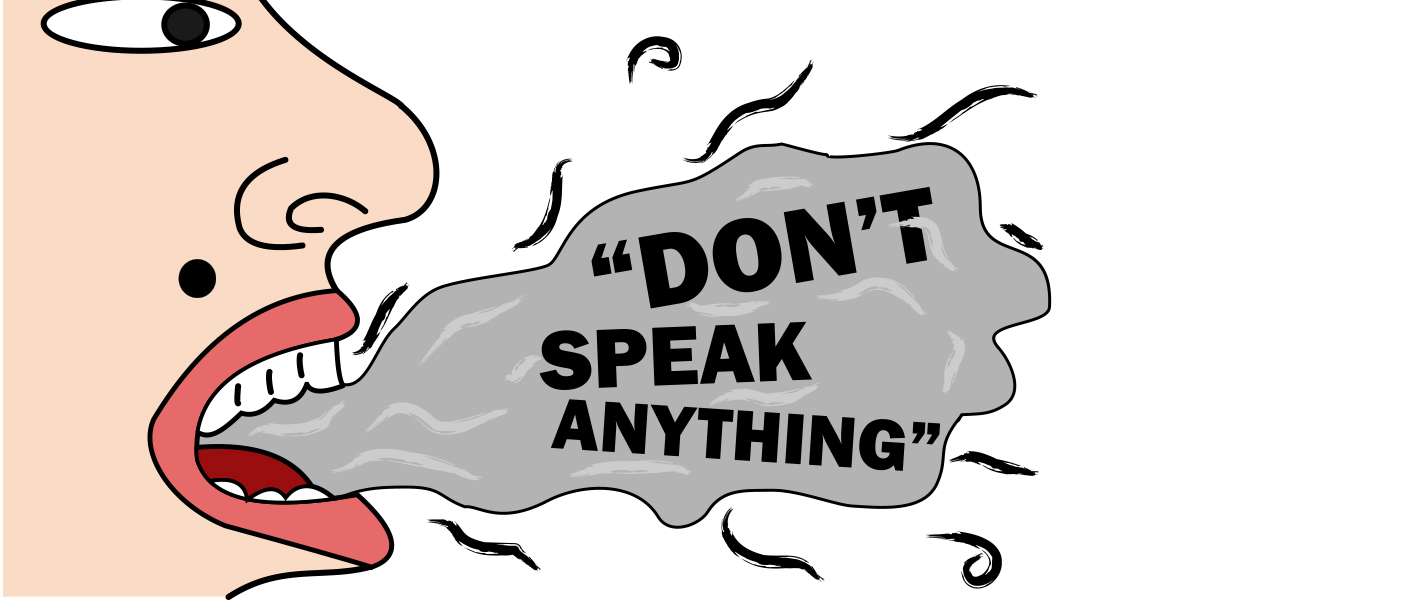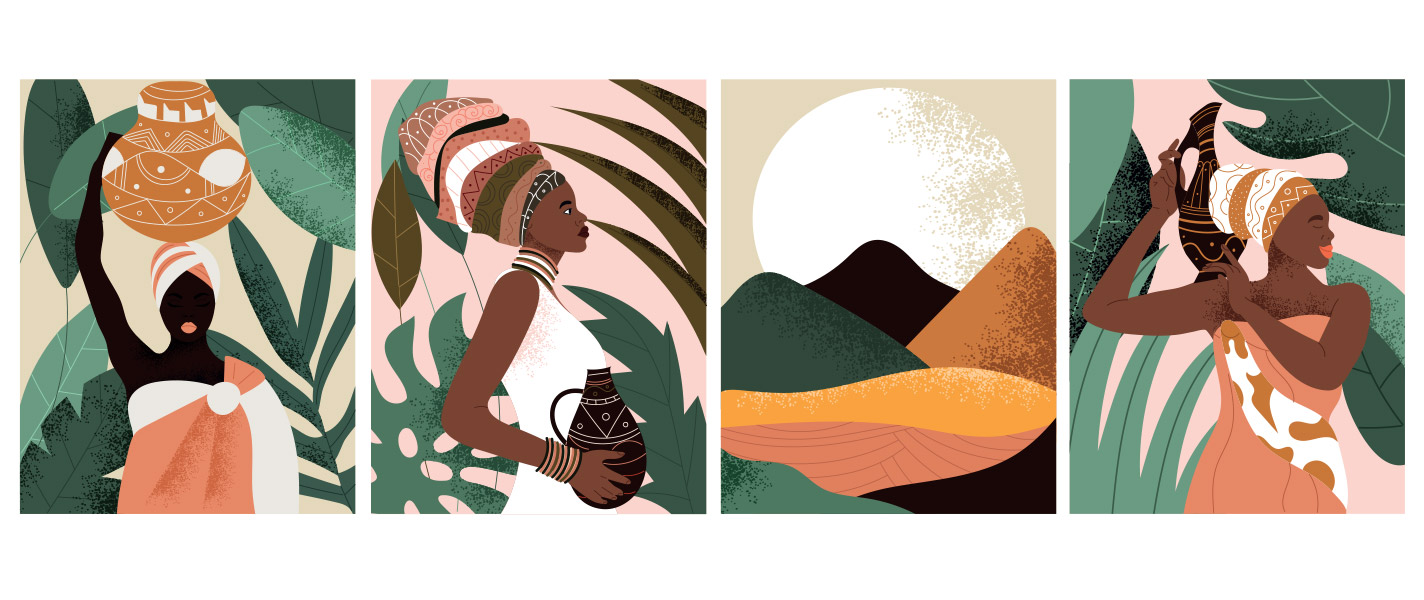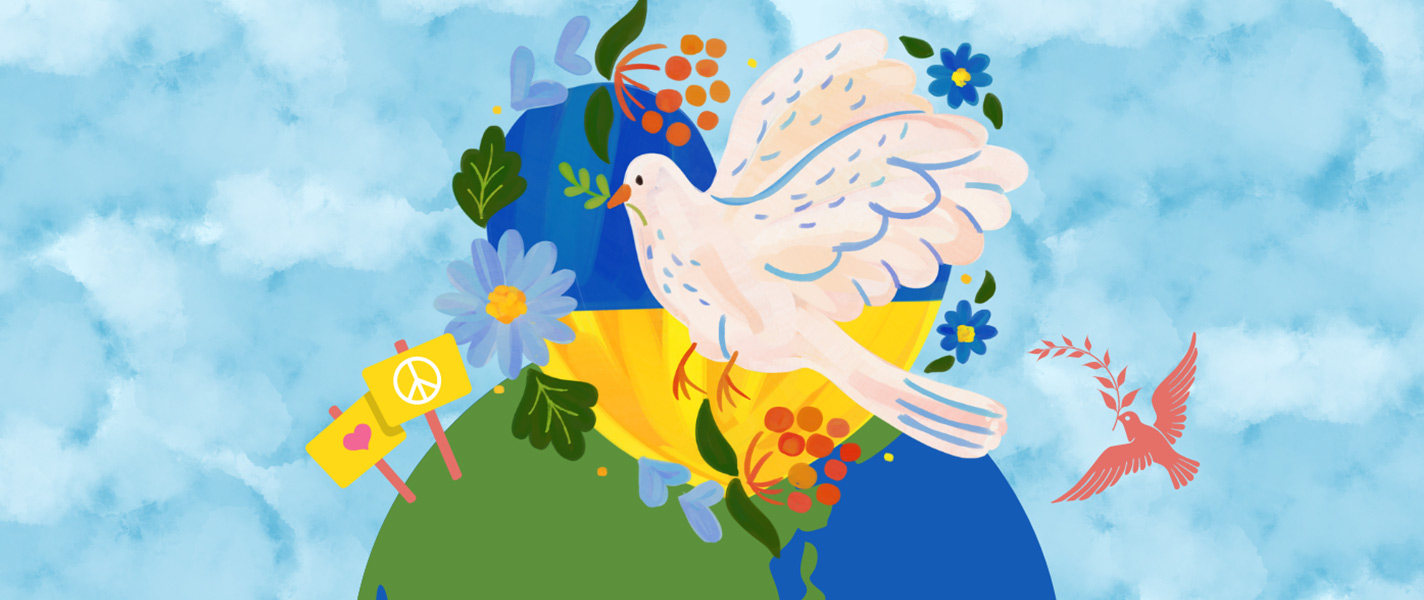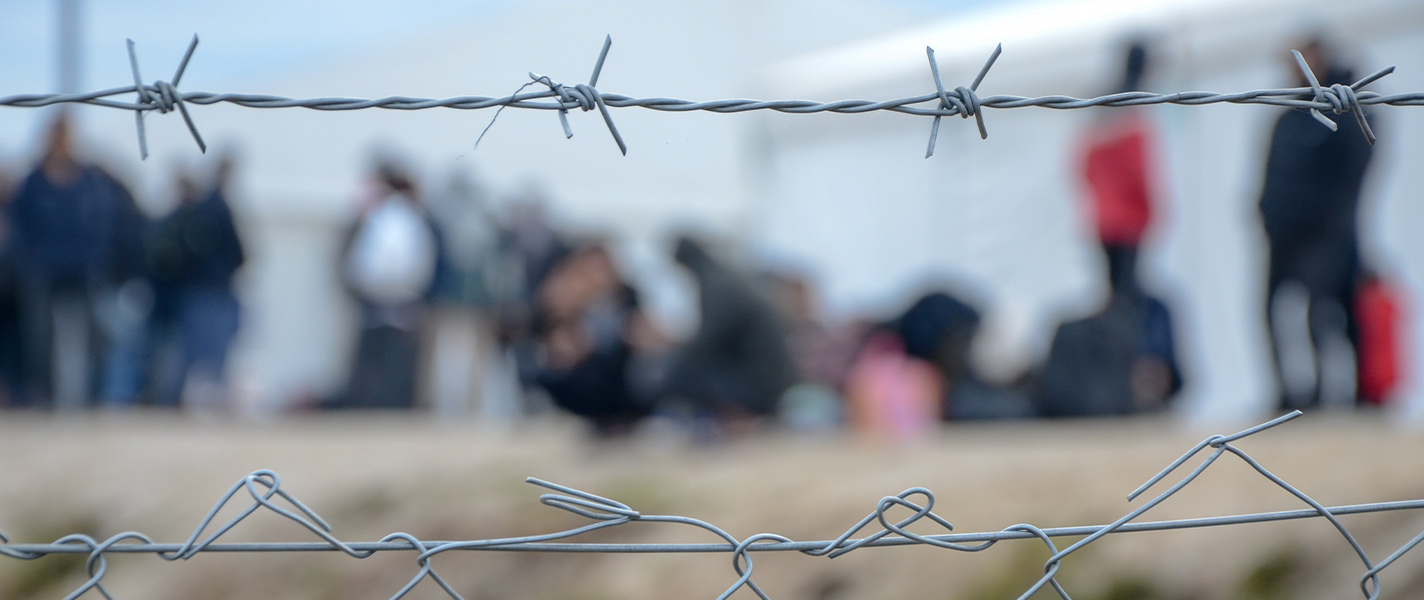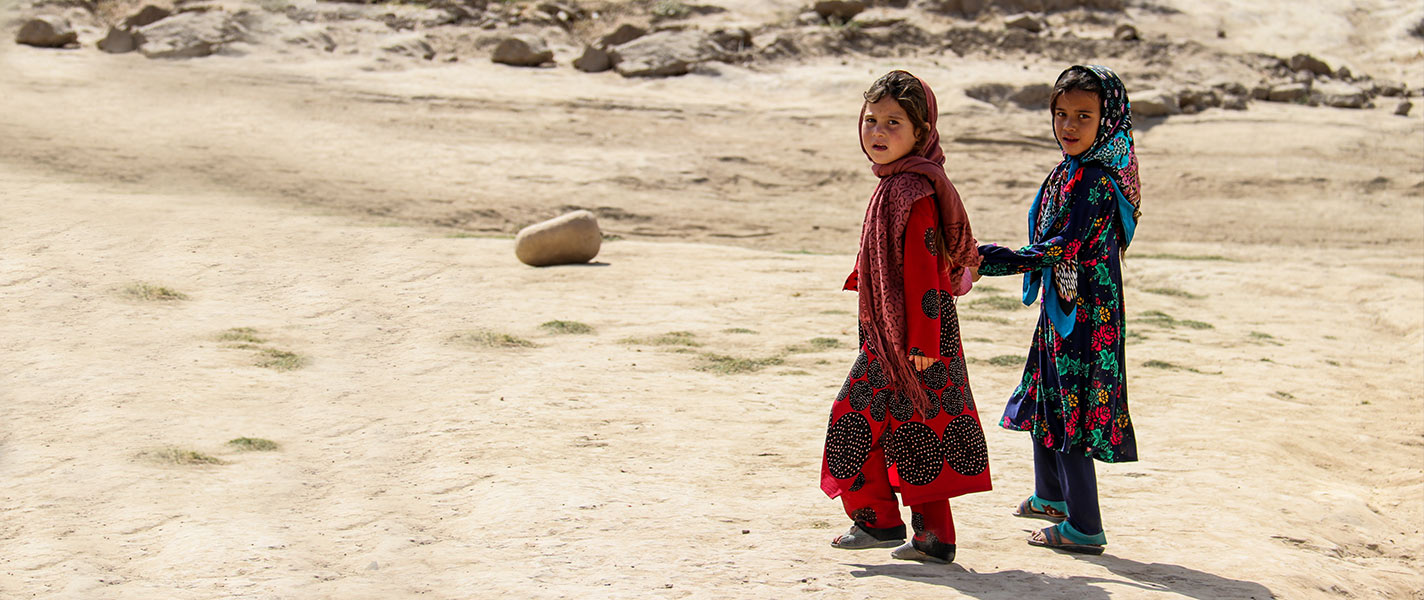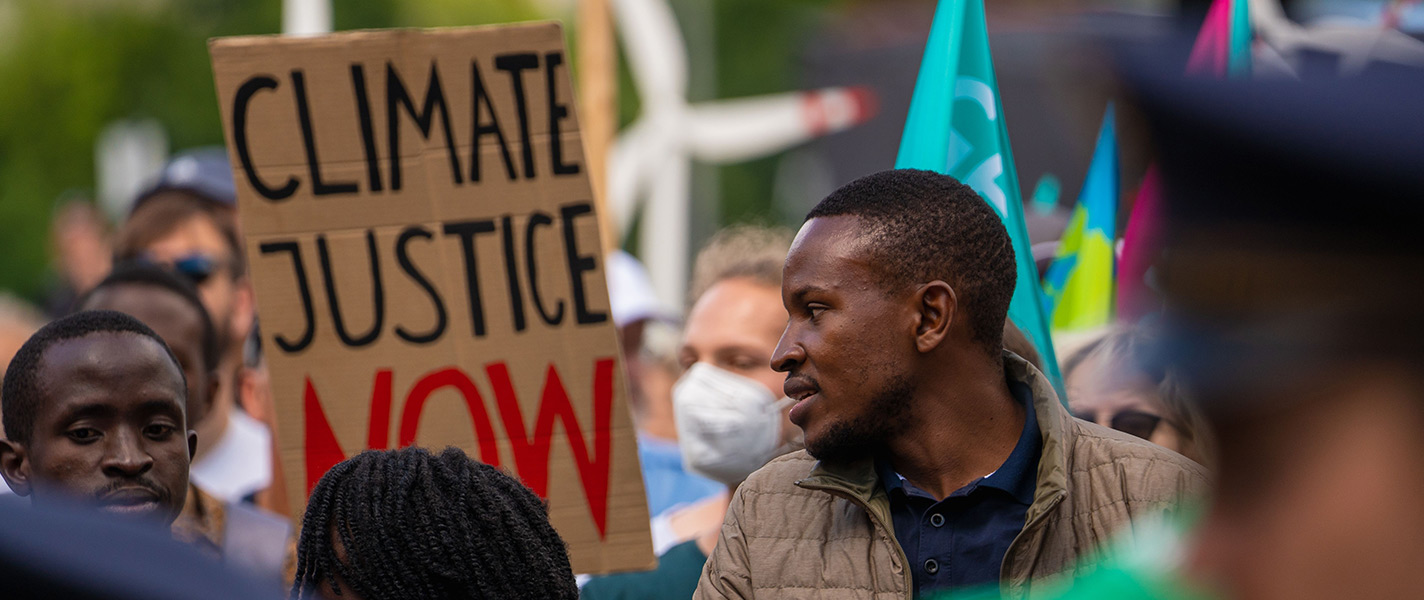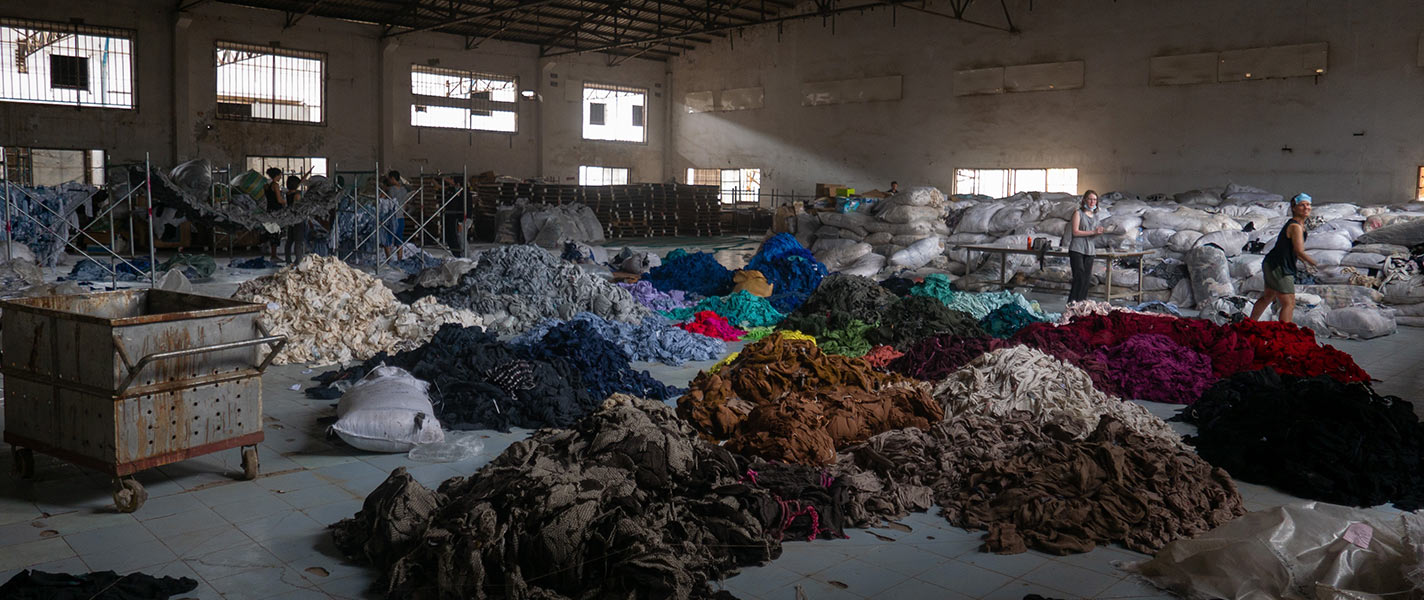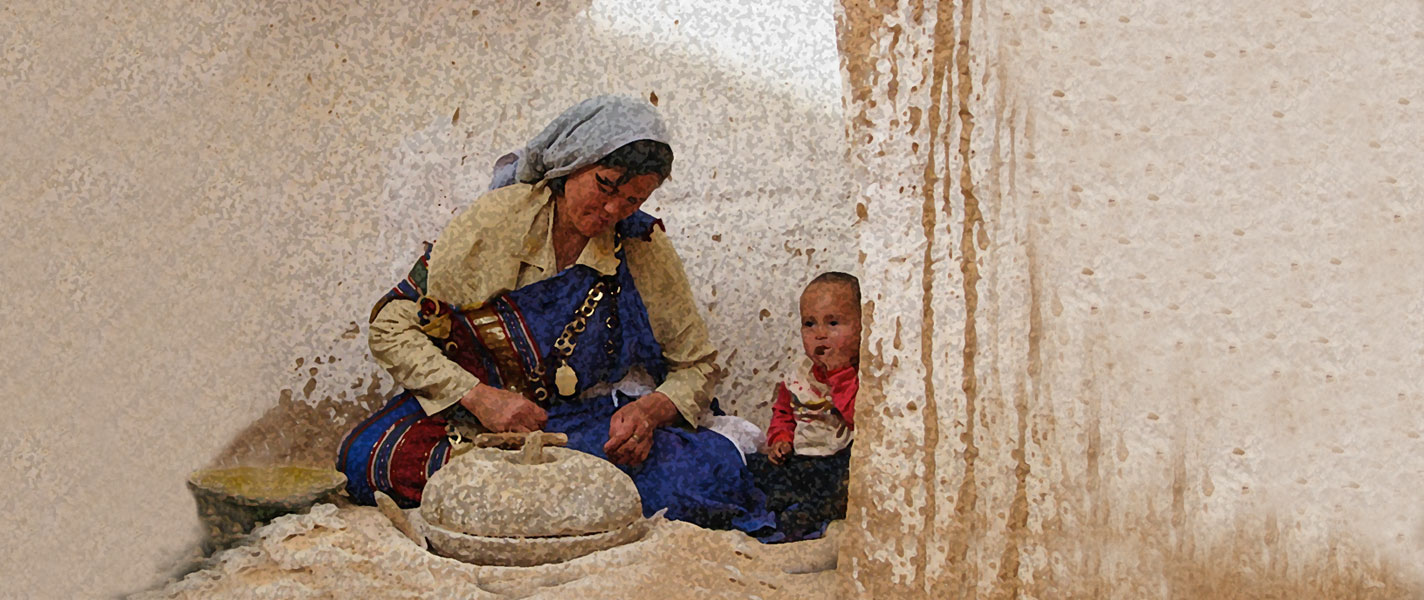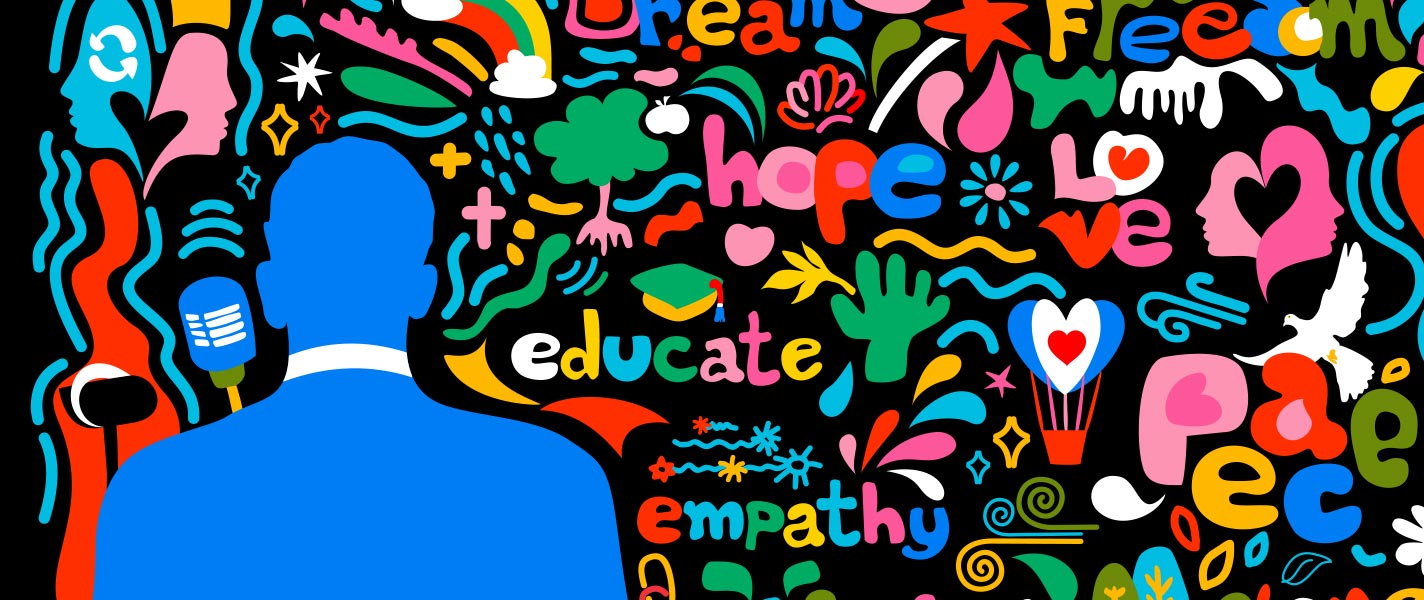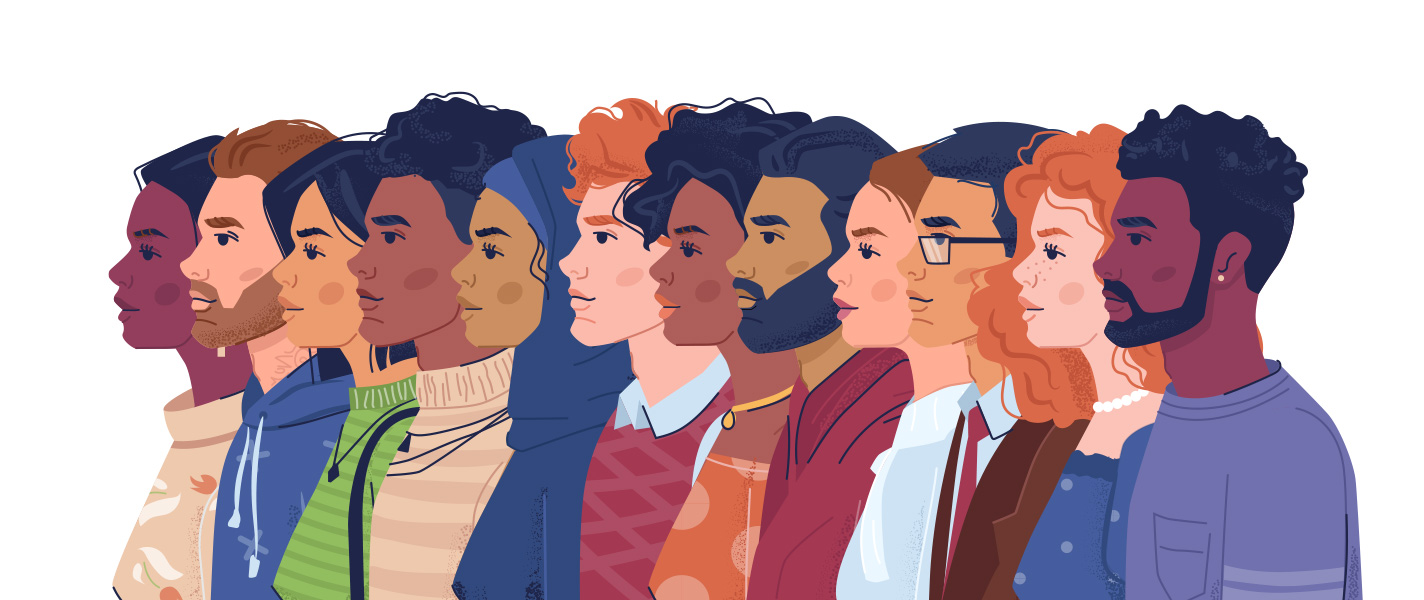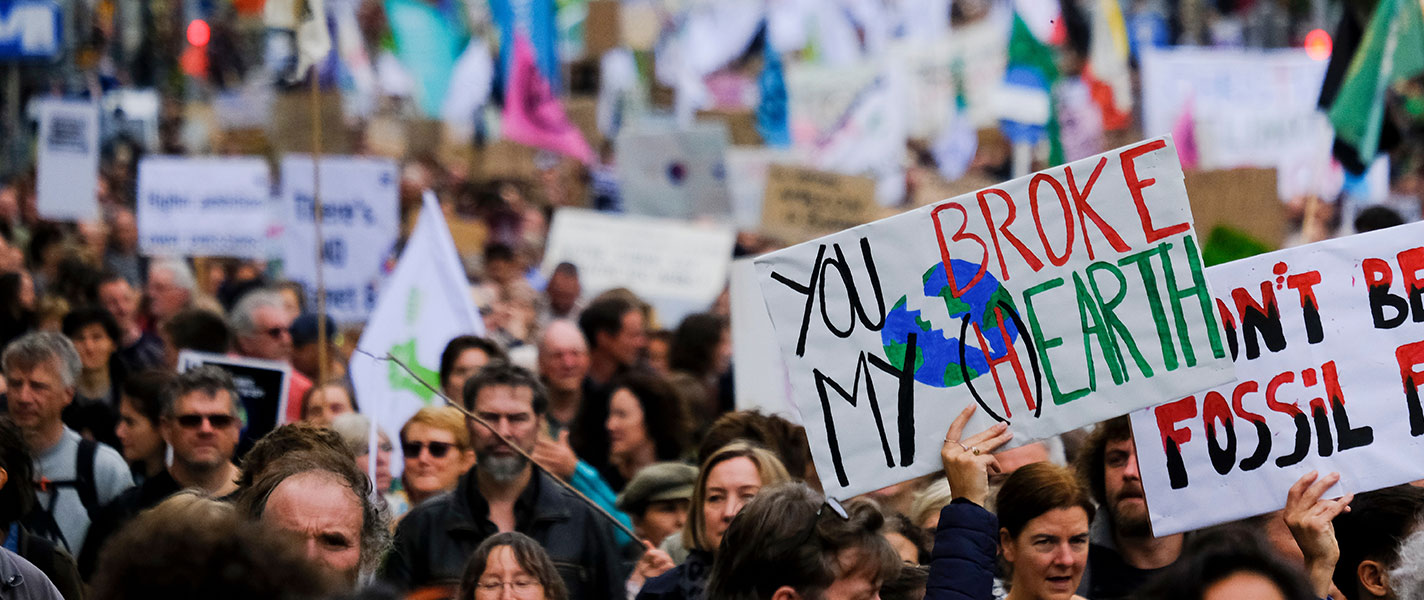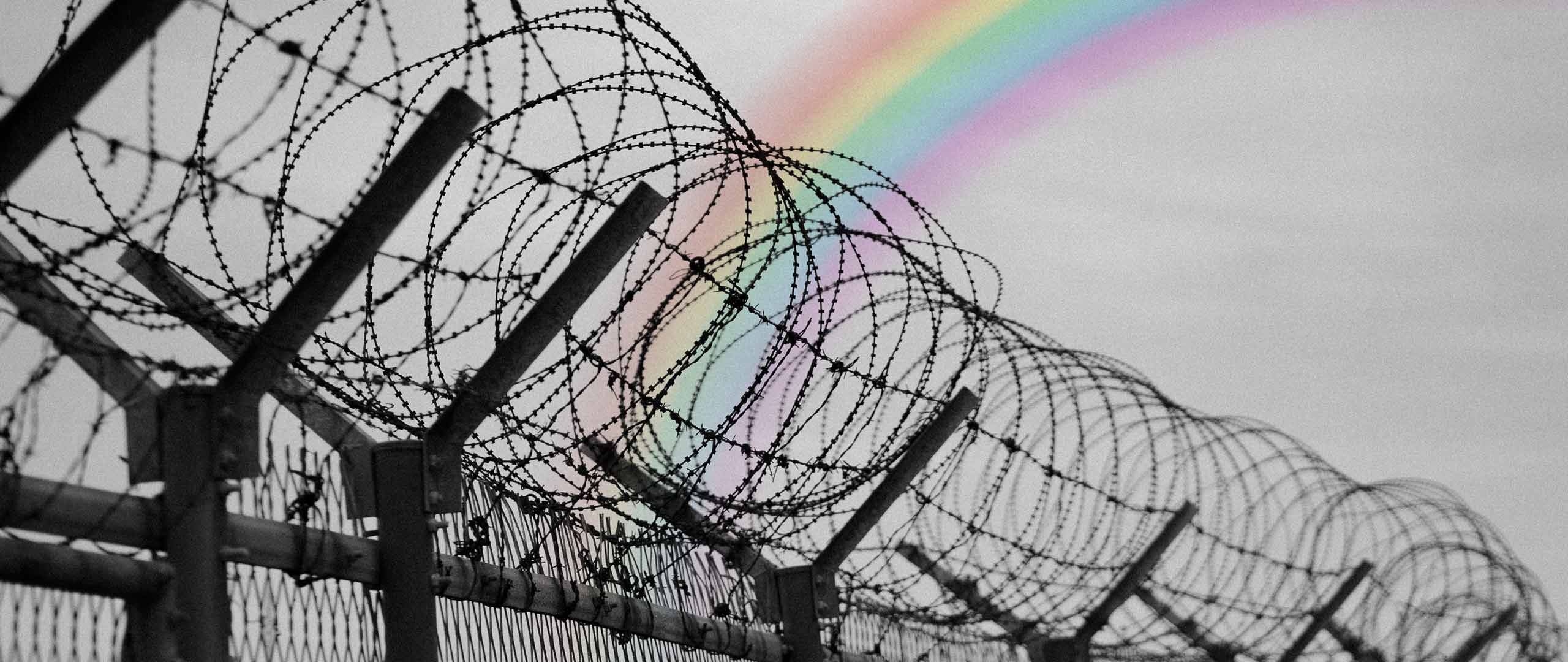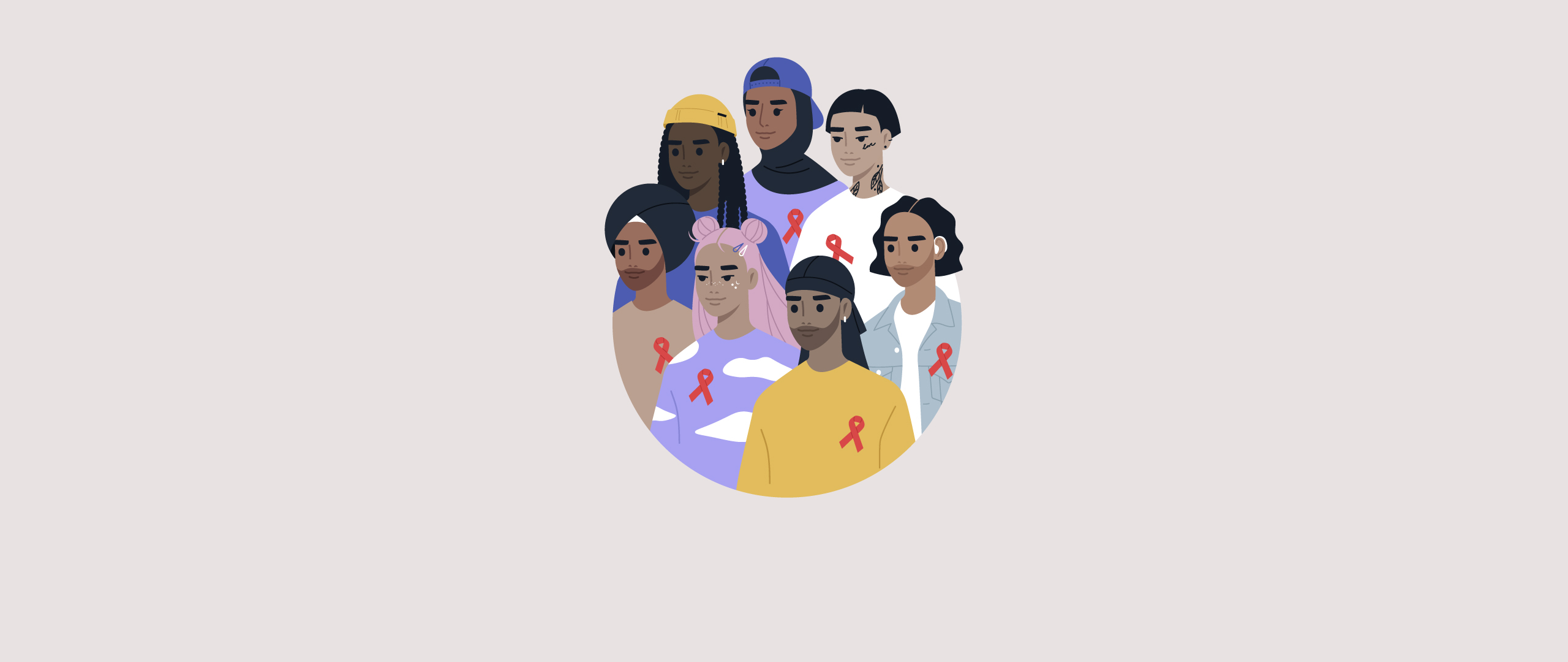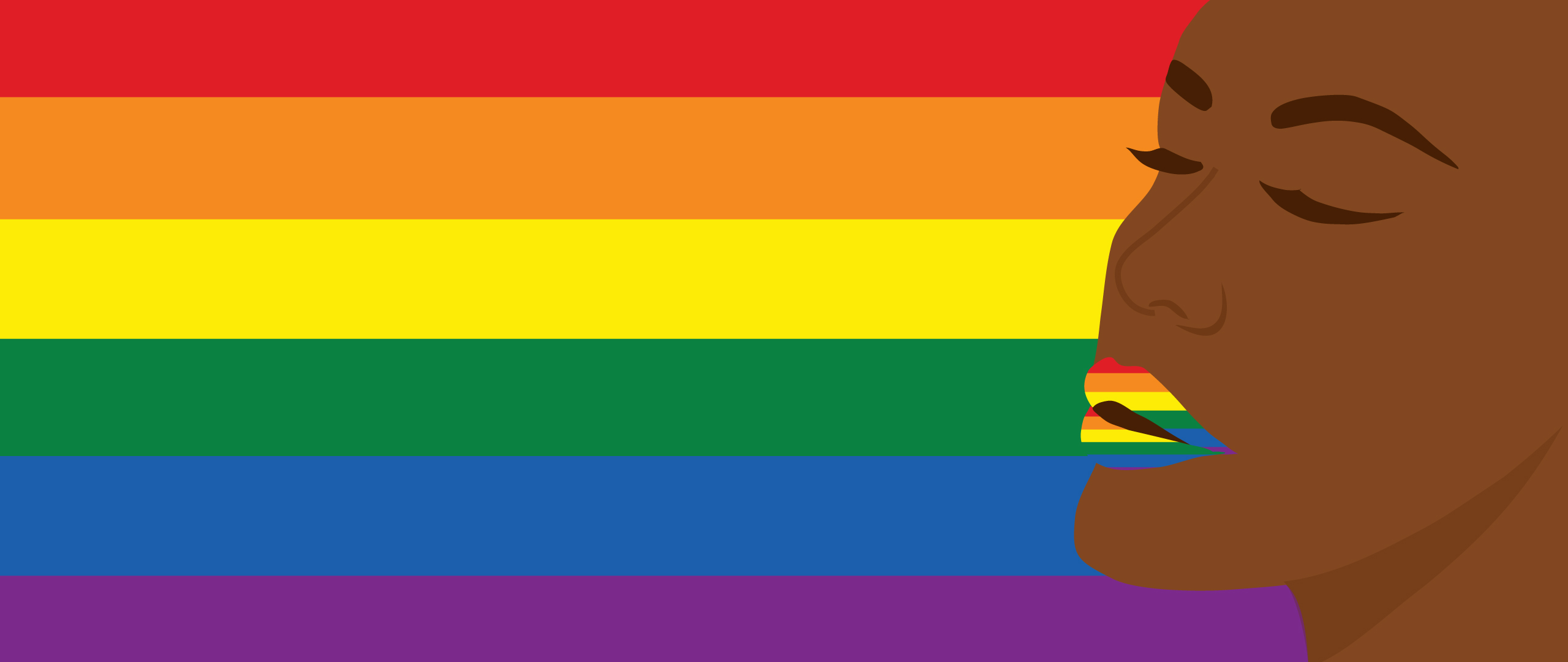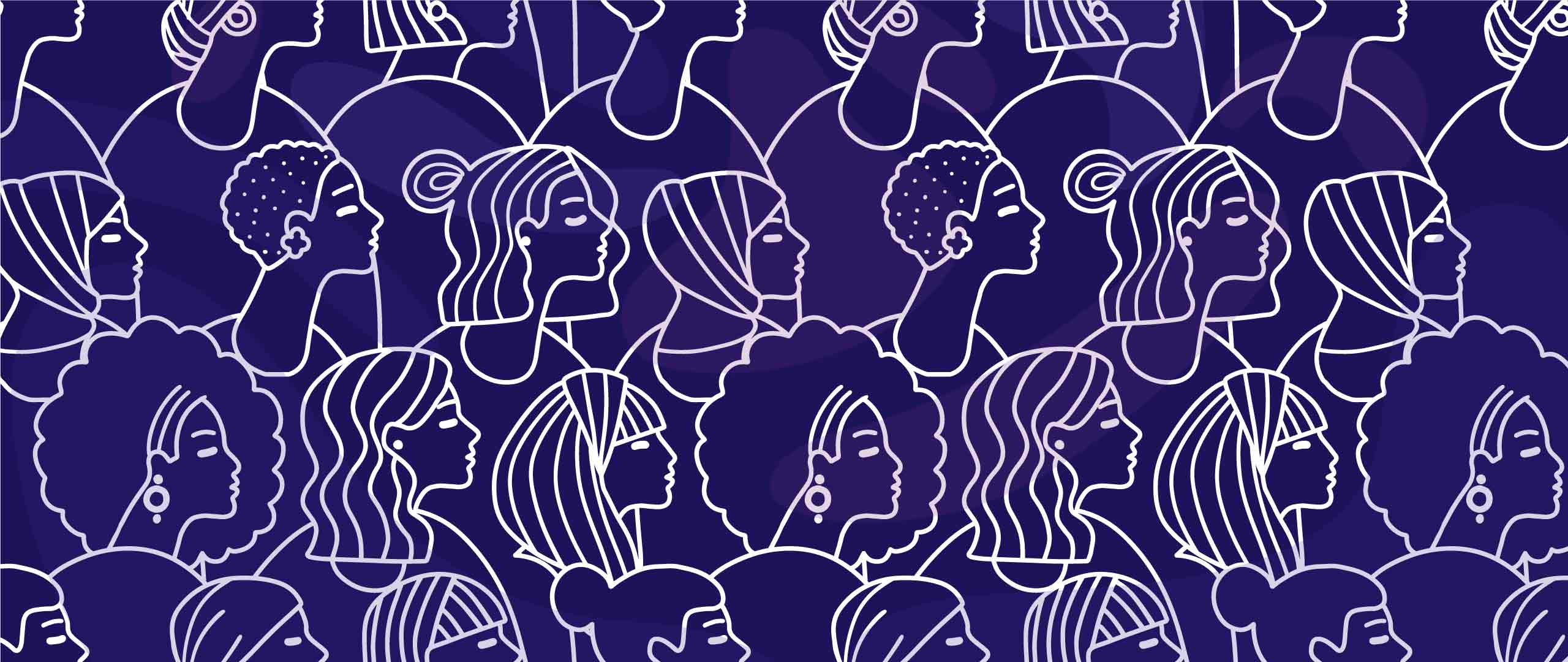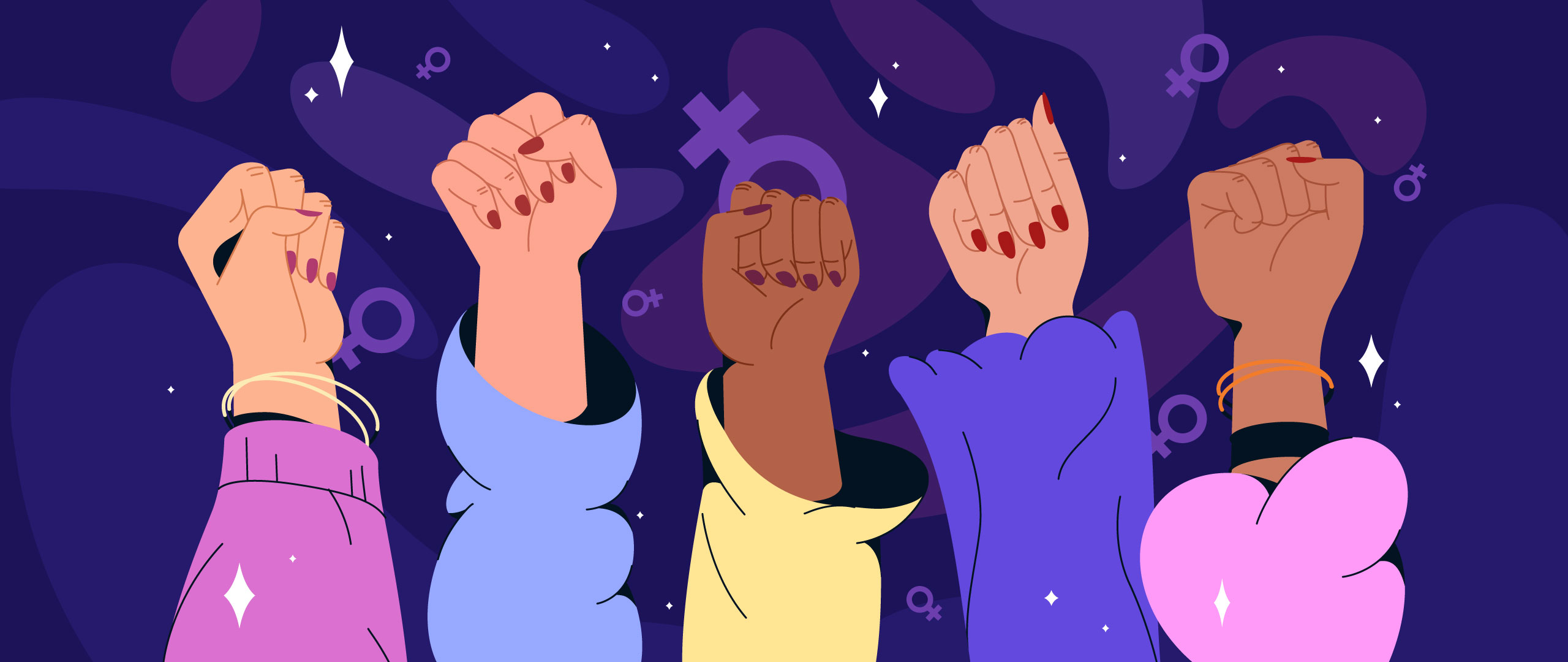SDGs Implementation in Kenya: A Youth Perspective
The problems of the world are increasingly becoming interconnected and interdisciplinary. While the pursuit of Sustainable Development Goals is meant to make the world a better place and alleviate suffering; much progress is yet to be made.
The Sustainable Development Goals (SDGs) were formulated by the United Nations and its partners and were adopted by the United Nations General Assembly (UNGA) in 2015. They aim to ensure that everyone including least developed countries participate in the formulation of global and universal goals meant to make the world a more equitable and sustainable place. The 17 goals cover all aspects of life on planet Earth and are interrelated therefore the achievement of one goal might influence the achievement of others. SDGs have 169 targets which are used to monitor the progress made in the realization of the goals. Each country is given the freedom to prioritize and develop a framework required to achieve them. Most nations usually focus on SDGs that are in line with the current development agenda.
Why SDGs?
Unlike Millennium Development Goals, SDGs address more global issues and are being implemented in all parts of the world. They provide a mechanism that helps countries and different humanitarian agencies collaborate by addressing the most pressing issues facing humanity. Policymakers are also able to work with academics, activists, civil society, and other local and international organizations since the achievement of sustainable development goals requires a multi-stakeholder approach.
The SDGs are meant to end poverty in all its forms, make the world a peaceful place, and reduce inequalities among other goals by 2030. Eight years since their adoption, a lot of progress has been made in the achievement of some goals in different parts of the world. However, the implementation, suitability, and effectiveness of sustainable development goals especially in African countries are up for debate. This is because they are not created in a way that they address local problems with local solutions. It is up to the governments and other stakeholders to choose what to address and focus on. It is also very unlikely that the goals will actually be achieved by the year 2030 as desired. If this is the case, what next? What happens to Agenda 2030? These are some of the questions that remain unanswered.
In addition, since United Nations’ resolutions are not binding, it has become more difficult to hold nations accountable for the implementation of certain pressing goals. Nations have the leeway to focus on certain goals which more often are in line with their national development agenda, neglecting others. Implementation of SDGs also requires trade-offs between different goals. For example, to achieve SDG 9 on industry, innovation and infrastructure or SDG 8 on economic growth, we have to work against SDG 13 on climate action. This is because more economic activity (if not carbon neutral) would lead to more emissions of carbon and other greenhouse gasses contributing to climate change and reversing the efforts that have been made to save the planet.
The Reality of SDG Implementation in Kenya
In 2008, the late President Mwai Kibaki launched the Vision 2030 Initiative meant to transform Kenya into a rapidly industrializing middle-income country by 2030. It mainly addresses the development of the country and increases the quality of life for Kenyans by 2030. This initiative provided the required framework and building blocks for the implementation of sustainable development goals. There has been much progress on the implementation of the Vision 2030 agenda. The government of Kenya and the UN also worked on the UN development assistance framework (UNDAF) 2018-2022 meant to support Kenya achieve its development goals. The UNDAF focused on three main priority areas including; Transformational governance, the development of human capital, and inclusive and sustainable growth. These goals are in line with Kenya's development goals as enumerated in the third five-year medium-term plan.
Moreover, since 2013, the Kenyan government came up with the Big 4 agenda focusing on improving the standards of living of Kenyans. The Big 4 Agenda focused on enhanced manufacturing, food security, affordable housing, and universal health care. All these coincide with the sustainable development goals and humanitarian work being done by UN Agencies and other organizations. However, food security remains a big challenge in Kenya and the larger Horn of Africa as a result of the failed rainy seasons coupled with other overlapping crises that affected the production of food. The first pilot project of Universal Health Coverage (UHC) which is in line with SDG 3 - Good Health and Wellbeing was launched in 2018 in 4 counties with high incidences of communicable diseases and child death. The program was meant to reduce the cost of accessing basic services such as primary healthcare and maternity services in public hospitals. The government is looking to continue subsidizing health insurance coverage to low-income earners and vulnerable populations through the National Health Insurance Fund (NHIF). Until universal healthcare is rolled out throughout the country, poor Kenyans will continue grappling with access to quality and affordable healthcare.
In Kenya, civil society organizations play a major role in SDG implementation. Their main role is to provide oversight over the work done by government agencies and research based on the different issues addressed by the SDGs. On the other hand, the private sector plays a major role in the implementation of the SDGs in the country by raising finance for the implementation of projects. In Kenya, the management of the implementation and reporting of SDGs is under the State Department of Planning through the SDGs Coordination Directorate which works with other stakeholders through a committee called the Inter-Agency Technical Working Committee (IATWC). The IATWC is co-chaired by the Kenya Private Sector Alliance and the SDG Kenya Forum and has other members including the United Nations Development Programme (UNDP) and Academia.
Kenya has made some steps towards the achievement of the SDGs since the country already had some development agenda. The major challenge for Kenya is the limited fiscal space to fund projects that are meant to achieve the SDGs. In addition, the crippling debt burden and other national issues discount the progress that has been made to improve the quality of life of Kenyans. Needless to say, a lot of work needs to be done to alleviate the suffering of the Kenyan people especially the most vulnerable populations who are unemployed and lack access to basic needs such as food and clean water.
The article represents the views of its writer and not that of LEED Initiative.
